Red Flag – Alaska 19-2: Eielson Air Force Base
Report and photos by Peter van den Berg
July 15, 2019
From the 6th until the 21st of June, large-scale field training exercise RED FLAG Alaska 19-2 took place at Eielson AFB, Alaska. I had the opportunity to spend a few days at Eielson during this exercise.
Eielson AFB
Eielson AFB, home to the 354th Fighter Wing, which is part of the 11 AF of the Pacific Air Forces (PACAF). The 354th FW’s mission: To train, deliver, maintain and support combat power across the globe. The 354th FW consists of the 168th Air Refueling Wing of the Alaska Air National Guard with the KC-135R and the 18th Aggressor Squadron, flying block 30 & 40 F-16s.

Red Flag Alaska, formerly known as Cope Thunder, is held at Eielson AFB which is located about 25 miles southwest of Fairbanks. The AFB was opened in 1943 and is named after polar pilot Carl Ben Eielson. It served as a front line base that gave fighter and bombing squadrons a temporary home base in defense of Alaska until 2007. It was in this year that the last A-10 of the 355th FS left Eielson as an active fighter squadron. The base now plays a leading role in supporting RF-A with its 18th AGRS stationed here with its F-16s.
The Exercise
The exercise is organized together with Joint Base Elmendorf Richardson (JBER) in Anchorage.
The exercise serves the purpose of realistic combat experience in a controlled environment, there is a second edition scheduled for later this year. Its participants range from a variety of international air forces such as the Republic of Korea Air Force, the Japan Air Self-Defense Force, the Royal Thai Air Force and their U.S. counterparts. Temporarily stationed at both Eielson and Joint Base Elmendorf-Richardson, it enables all involved to share techniques, tactics, procedures and bilateral cooperation.
Main goal of the exercise is to simulate flights similar to real combat situations in a safe environment. The need for this was rather apparent as Capt. James Carson, RF-A 19-2 team chief mentioned that previous wars have shown that the survivability within the first 10 real combat flights was rather poor. More on this later as I interview Capt. Carson.
There are similar exercises the likes of RF-A, but there is one aspect that sets it apart from all the others on U.S. soil. Alaska’s Joint Pacific Range Complex provides 67,000 square miles of training space which is completely isolated from civilian populations and has relatively few restrictions. This gives participants and planners the freedom to train as realistically as possible. It is also the largest training area on U.S. grounds.

Since success in modern combat often relies on teamwork, the international character adds to the training’s realism. RF-A caters for the need to practice communication with the international members, giving all involved a chance to coordinate and increase interoperability.
RF-A provides participants with generic scenarios using common worldwide threats and simulated combat conditions. When asked about the combat preparation, Capt. Carson says: “We’re providing combat-level experience in a safe environment to prepare every single pilot and person on the ground to be ready to fight safely and survive.”
About 2000 missions are flown in two weeks, this involves about 1700 flying hours. The 2000 staff members from the 5 participating countries provide joint offensive counter-air, interdiction, close air support and large-force employment.
Execution of the Exercise
U.S. Air Force Lt. Col. John Anderson sheds some light on the exercise’s yield. He has seen a fairly exponential learning curve, even when they stepped up the game, the participants were already better able to cope with that they were throwing at them. This is especially true on aspects such as communication and catering for the needs of the other parties.
RF-A works with the Blue Air and Red Air teams. The Blue Air teams are relatively inexperienced pilots set-up against the ‘Reds’, consisting of highly experienced aggressor pilots. The 353rd Combat Training Squadron plans and executes training scenarios with the Red Air team in order to provide the Blue Air team with the most realistic simulated combat experience as possible.
The Red Air team covers all simulated threat operations, not an easy task and only enabled by a highly specialized group of Airmen called ‘Baron Controllers’. These experts in enemy aerial battle tactics help replicate threats and maneuver in a way an adversary would.
The Blue Air team has certain training objectives that must be met, practicing against the 18th Aggressor Squadron of Red Air. Due to the plethora of training objectives the 18th AGRS baron controllers are some of the most highly-qualified Airmen in the field.
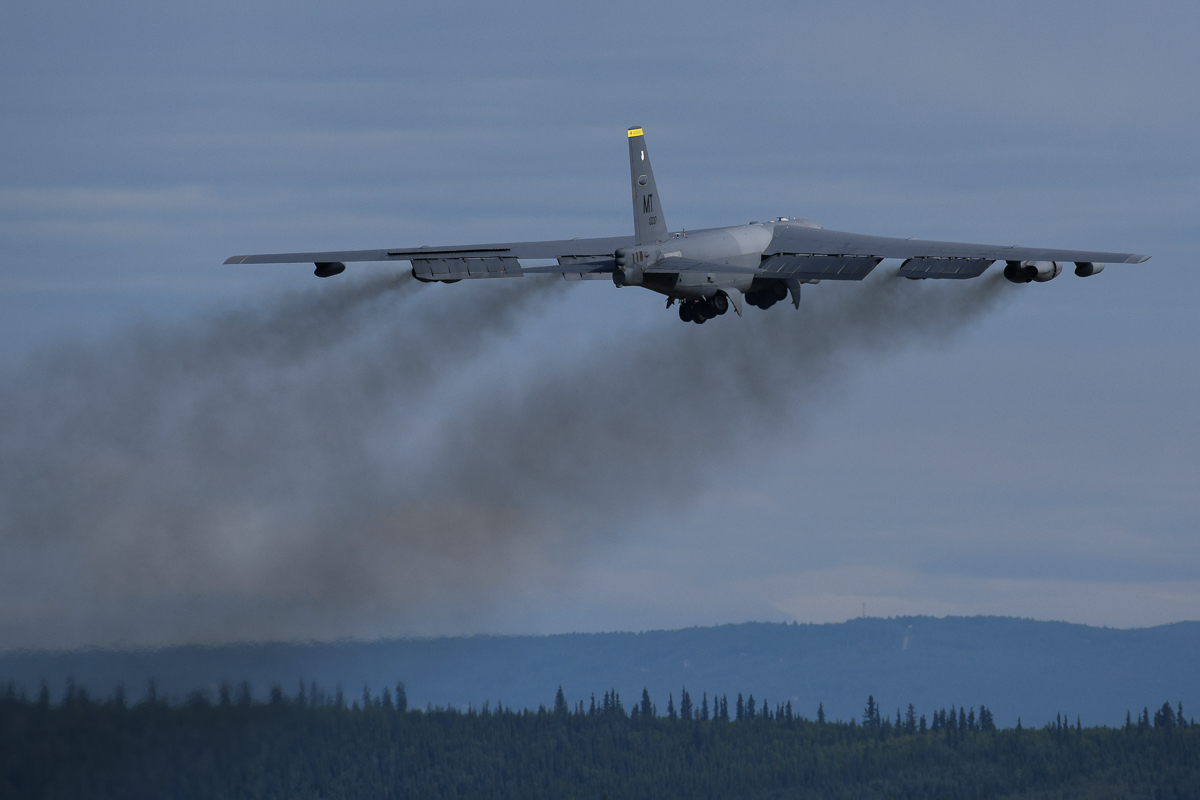
Operational Level and Yield
Lt. Col. Anderson mentions that it is a complex, moving machine to get 100 aircraft airborne, fight and back on deck from a planning perspective. This is something he sees participants struggle with in the first couple of days. The aforementioned learning curve shows well here as participants eventually move from dealing with planning aspects to actually fighting the problem CTS is presenting them with in the air.
- Lt. Col. John Anderson I can really tell a group is getting it when they can ace the de-confliction right off the bat, they know how to figure out the problem we’re throwing at them.”
It is without a doubt that all personnel involved finished RF-A 19-2 better suited for combat than when they arrived, regardless of nationality or branch of service. A JASDF pilot commented on the importance of integration and that “No single country can ensure international security by herself; it’s important for each country to cooperate.”
Anderson concludes by summing up the whole rationale behind RED FLAG, emphasizing the importance of having experienced combat-like scenarios. All this to ensure proper preparation, more survivability and edge when called upon to go to combat.
There were three ‘firsts’ for the 19-2 edition of RF-A, as this edition marked the first dispatch of the remotely piloted MQ-9 Reaper and also the participations of JASDF’s F-2s. Next to this it was also the first deployment of civilian aggressor pilots working for Draken International Inc., cooperating with pilots of the 18th Aggressor Squadron as Red Air.
Participants of Red Flag Alaska 19-2
- 18 AGRS F-16 C/D Eielson AFB
- 35 FS F-16 C/D KUNSAN AB (SOUTH KOREA)
- 80 FS F-16 C/D KUNSAN AB (SOUTH KOREA)
- 13 FS F-16 C/D MISAWA AB (JAPAN)
- 14 FS F-16 C/D MISAWA AB (JAPAN)
- 3 HIKOTAI F-2 A MISAWA (JAPAN)
- 25 FS A-10C OSAN AB (SOUTH KOREA)
- BS 23 B-52H MINOT AFB, NORTH DAKOTA
- 108 ATKS MQ-9 HANCOCK AFB, NEW YORK
- DRAKEN L-39
- ROYAL THAI AF C-130 JBER
- SOUTH KOREA PILOTS ONLY
RF-A 19-2 saw the partnering of Joint Terminal Attack Controllers (JTACs) from U.S. Air Force, British Army and Republic of Korea Air Force. A major difference here is the fact that the British JTACs are in the Army, providing a welcome operational differences lesson, as mentioned by U.S. Air Force Senior Master Sgt. Cory Welton.
RF-A 19-2 also saw the dispatch of the 25th FS A-10 Thunderbolt IIs, providing an opportunity to combine air and ground mission sets. From a maintenance point of view, the exercise is a welcoming fast-paced environment. All in order to ensure U.S. forces are ready to face evolving challenges in the region and maintaining a free and open Indo-Pacific.
The main goal of the exercise is to incorporate new strategies and learn how to work together more efficiently by observing each other’s procedures. Pilot and 1st Lt. Dae-hyuc Yim, assigned to the 25th FS, underlined: “It’s great to see how everyone works because every military is different based on mission needs. We get a look at how they operate, issues they face and how we can work together to accomplish our goals.”
This requires precise communication between both the pilots in the air and the JTACs on the ground during the close air support missions. While the basic concept of close air support remains the same amongst the coalition, there are lessons to be learned from an operational perspective.
British Army Staff Sgt. Robert Leonard mentioned: “Being able to observe and participate in the coordination of CAS with coalition aircraft allows us to get very realistic training.”
The two-week exercise provided all three participating countries with the opportunity to coordinate pilots operating in a diverse range of aircraft types, not limited to their own inventory. The aircraft that saw action during this multi-domain operation were U.S. A10s and F-16s as well as JASDF F-2s.
The MQ-9 Reaper | U.S. Air National Guard
RF-A edition 19-2 marked the first participation of the MQ-9 Reaper. With the aircraft sitting in a hangar at Eielson AFB, its pilots are more than 4,000 miles away. The aircraft is assigned to the 108th Attack Squadron operating out of Hancock Air Force Base, New York.
After several test flights had been conducted locally, control of the aircraft was handed off to the pilots back in New York. The aircraft was remotely controlled during aerial operations throughout the exercise. It can be said that the operational use of the remotely controlled aircraft at RF-A is a milestone. Due to strict FAA guidelines regarding airspace restrictions, it took the 174th Attack Wing nearly a year to receive authorization.
RF-A 19-2 served as a showcase to the MQ-9’s capabilities, providing detailed information on simulated targets for all participants. This ranges from a battlefield view for the pilots to effective planning data.
Director of Operations, Lt. Col. Aaron Brown of the 109th Attack Squadron also mentioned that “The MQ-9 also adds a lot of longevity because it can fly for nearly 24 hours non-stop and the intel it provides allows fighter pilots to use their fuel more efficiently.”
Next to benefits encountered by the participants in Alaska, operational experience with the MQ-9 was also gained in New York. The exercise provided opportunities for ground and maintenance units to improve on their expertise and practice their operations. It provided an excellent opportunity for hands-on training with the airframe, as mentioned by Staff Sgt. Collin Izard. The situation differed from the one in New York due to a more crowded flight line and unfamiliar environments. The 174th AKTW has improved the readiness and lethality of the MQ-9, as well as having showcased its air combat operation capabilities.
Interview
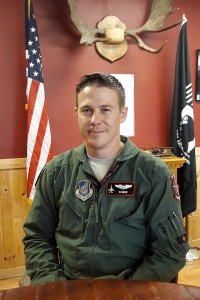 I was given the opportunity to interview Captain James Carson ‘SHINER’ of the 354th Operations Group, Detachment 4, in the role of Range Flight Commander and RF-A 19-2 Team Chief.
I was given the opportunity to interview Captain James Carson ‘SHINER’ of the 354th Operations Group, Detachment 4, in the role of Range Flight Commander and RF-A 19-2 Team Chief.
The 18th AGRS pilot who has taken on the role of planner for RF-A 19-2 mentions that the preparation for this edition of the exercise took a full year. It is about one year prior to the exercise that the units are approached with the question whether they would like to participate. 6 months prior to the exercise a meeting is held with the participants, mainly from the Pacific, during which training scenarios are discussed. After having mapped out the wishes and requirements, a program is established which was ready at the end of November 2018 in this case.
The first week comprises basic training and in the second week the level of difficulty is intensified, bearing in mind the results and wishes of the participants. Participants are pushed to the limit in order to create the desired training effects.
It is a well-known fact that historically, many losses were made during the first 10 combat missions. This is the main reason for exercises the like of RF-A. Its aim is to give pilots real life exercise experience and train them to their limits, providing dexterity when called upon.
Red Flag Alaska is comparable to Red Flag held at Nellis AFB, with a major difference being the limited amount of night flights held in Alaska. The larger exercise area provides 67,000 square miles of practicing freedom of which the previously mentioned Red Air team takes great advantage.
New in this edition is the participation of the MQ-9 Reaper of the 108th Attack Squadron. This unit has also been planning for over a year in order to participate in this edition of RF-A. The missions flown can last up to 24 hours and provide detailed information about targets to be attacked and shifting, unforeseen situations. The MQ-9 provides a major advantage from this point of view. With its top speed of 440 km/h, this does require some adaptions from the participants.
This edition of Red Flag Alaska has seen a variety of participating countries, which makes it a successful exercise. ‘Fight safely & survive’ is the motto, sending participants home with a dose of new experience in combat training.
Special thanks to all involved including the Eielson AFB Public Affairs Officer and Cpt. James Carson ‘SHINER’ for making this visit and interview possible
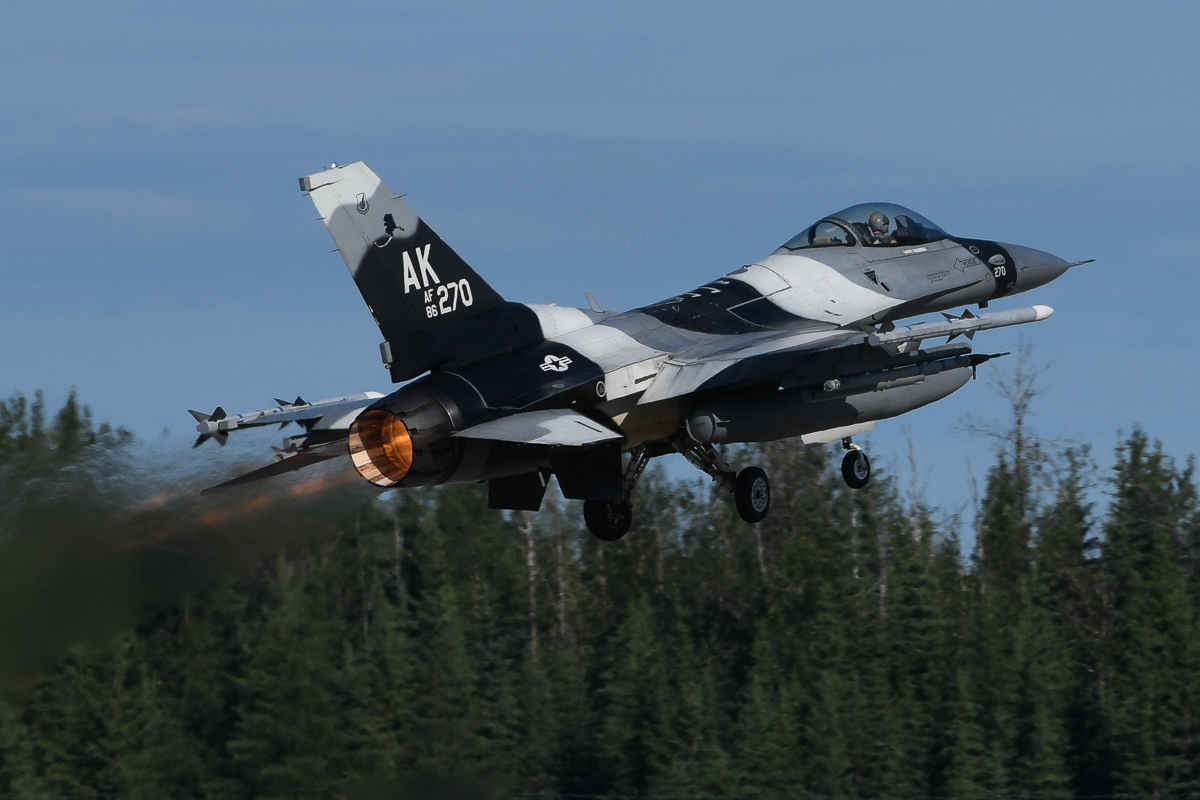

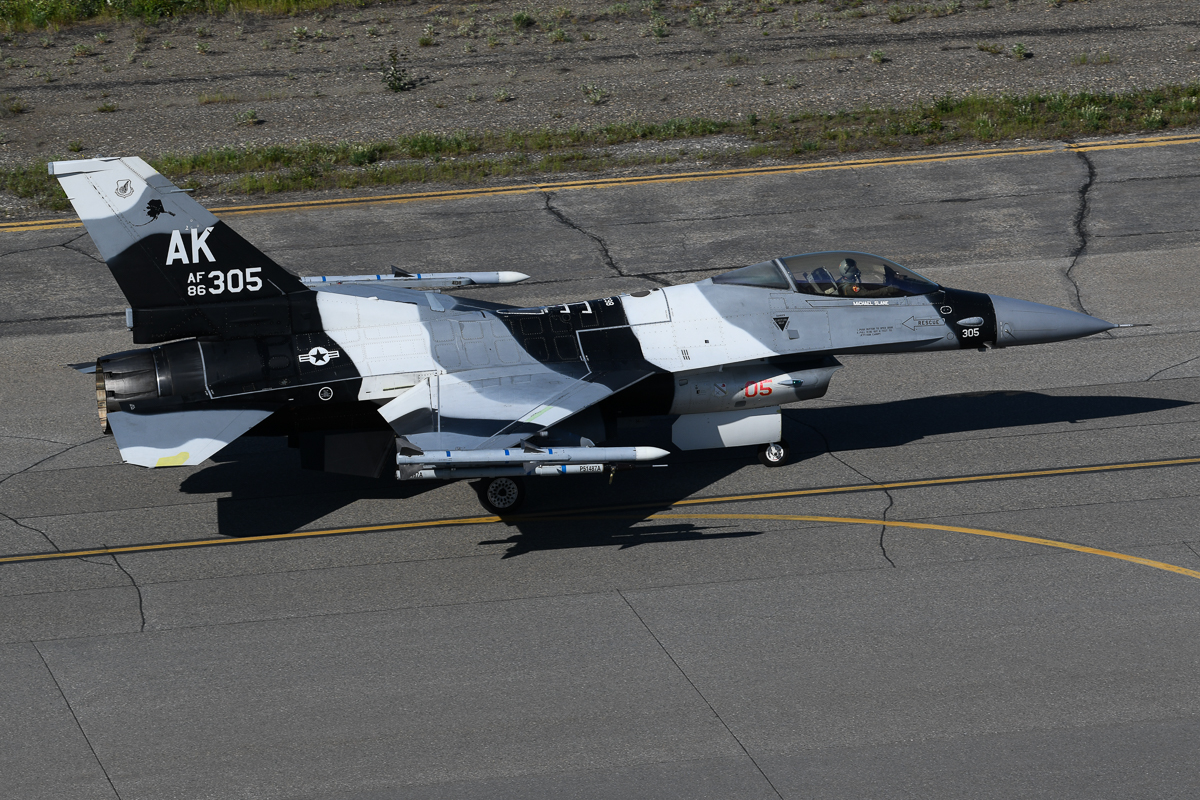
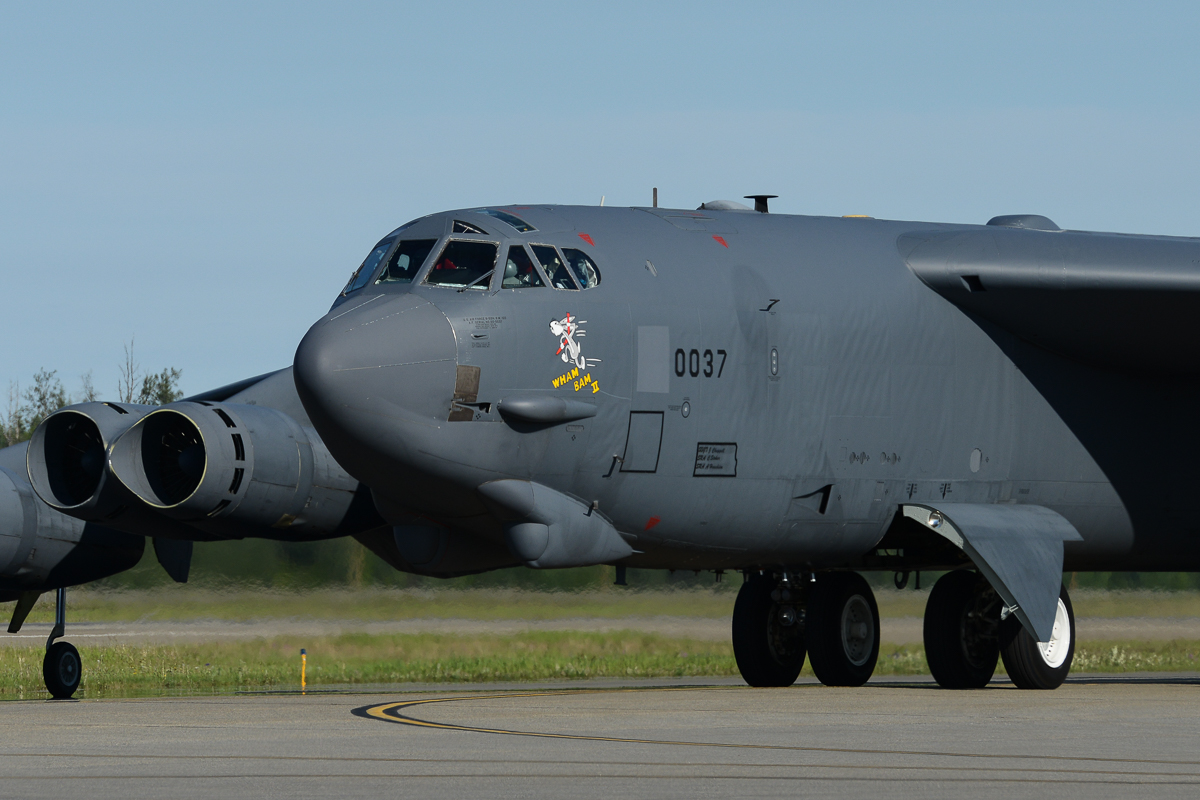
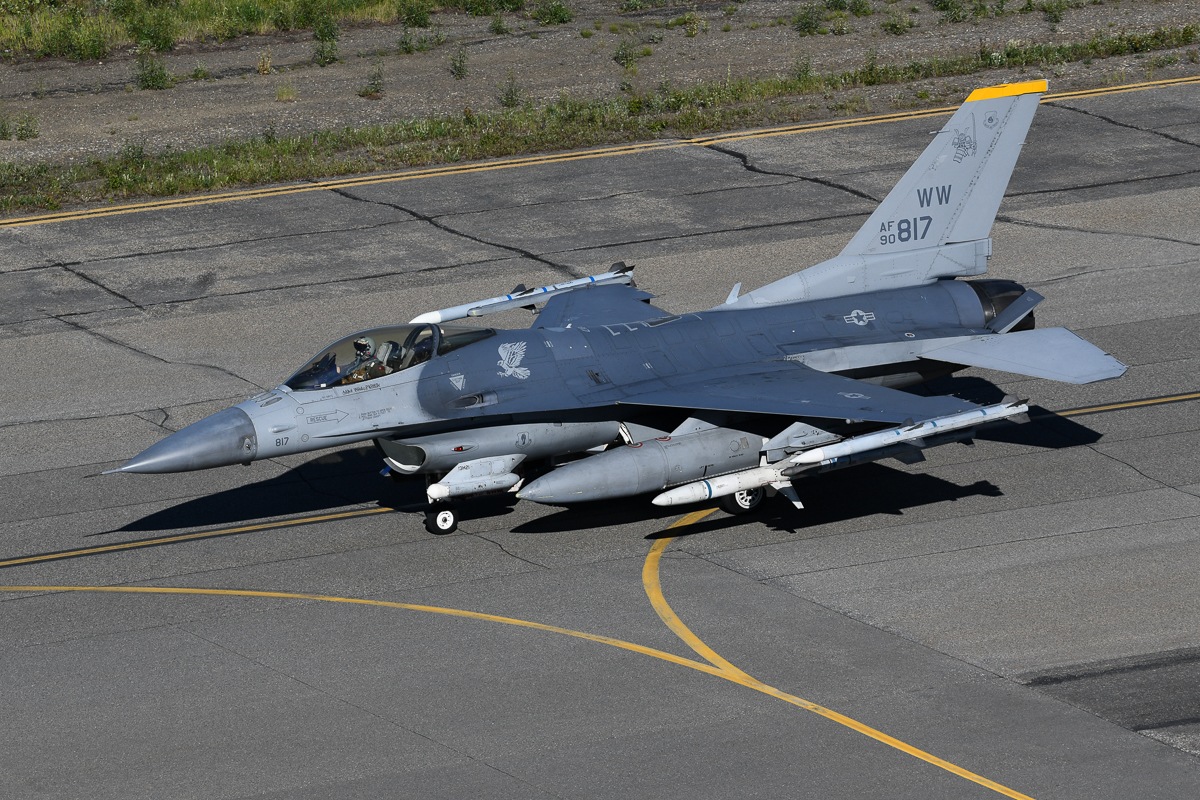

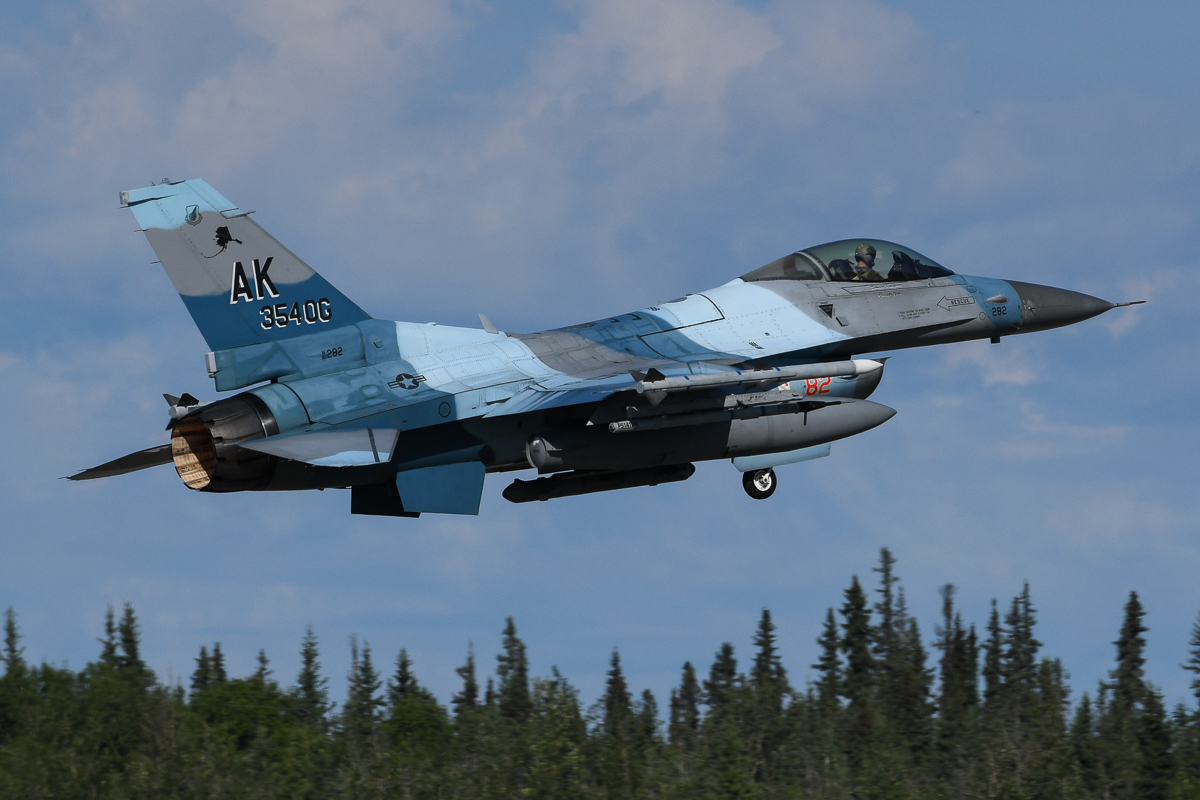
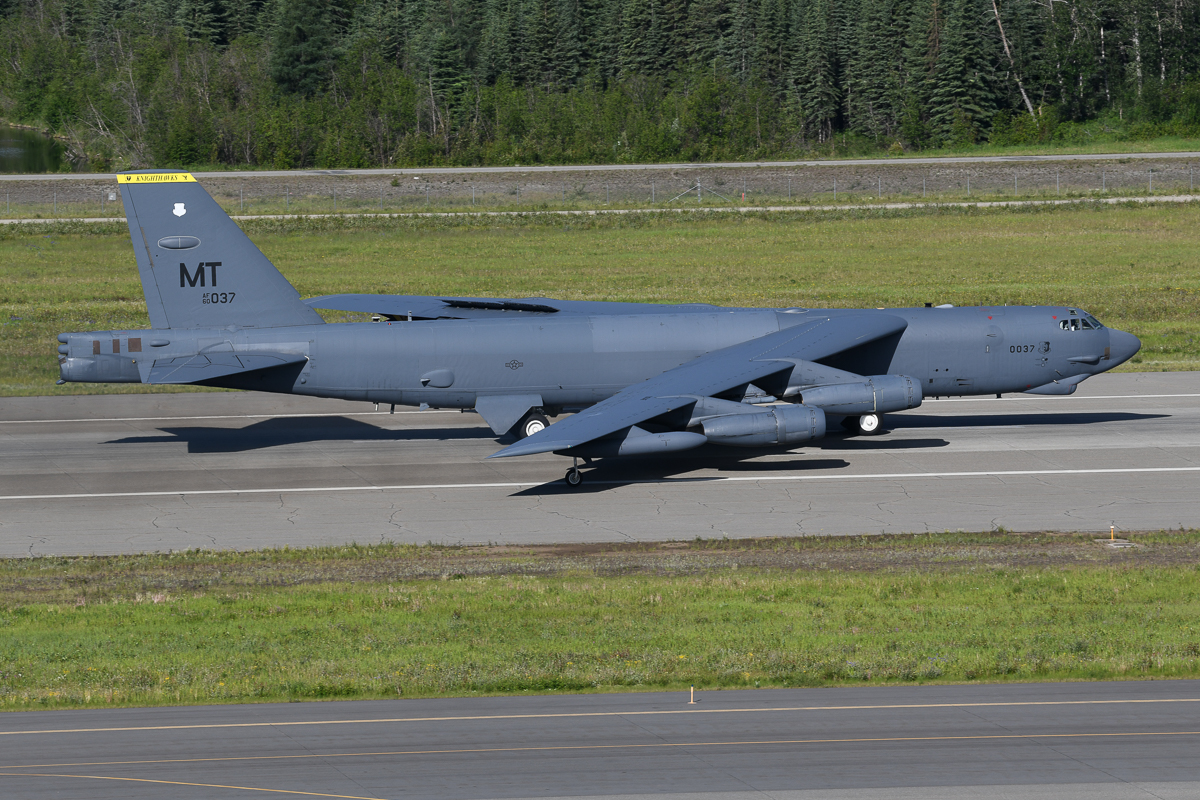
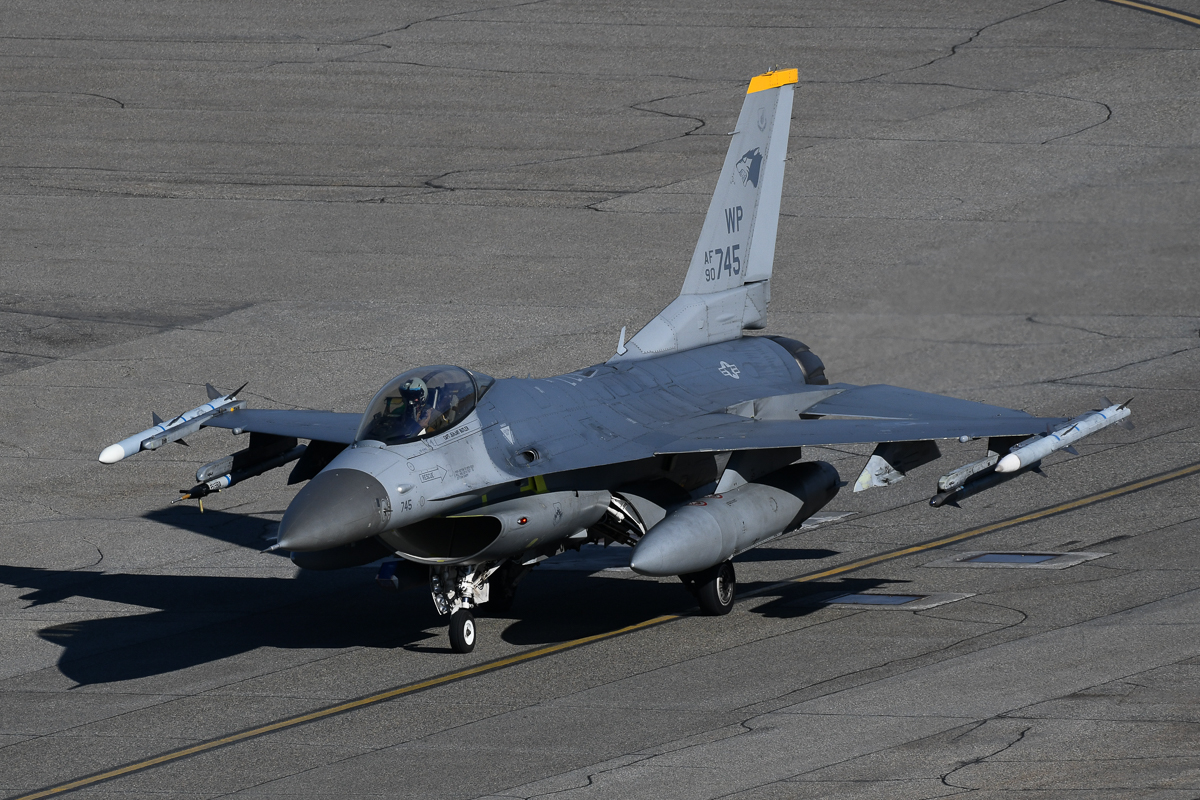

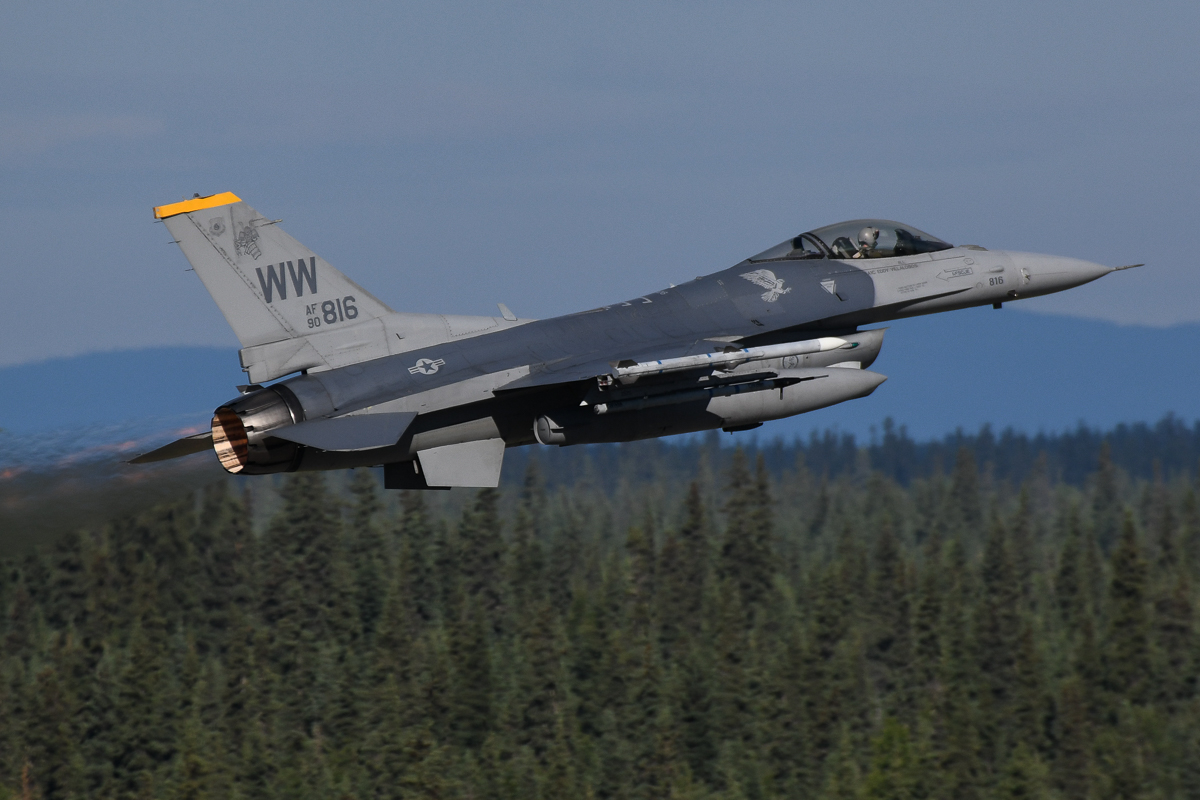
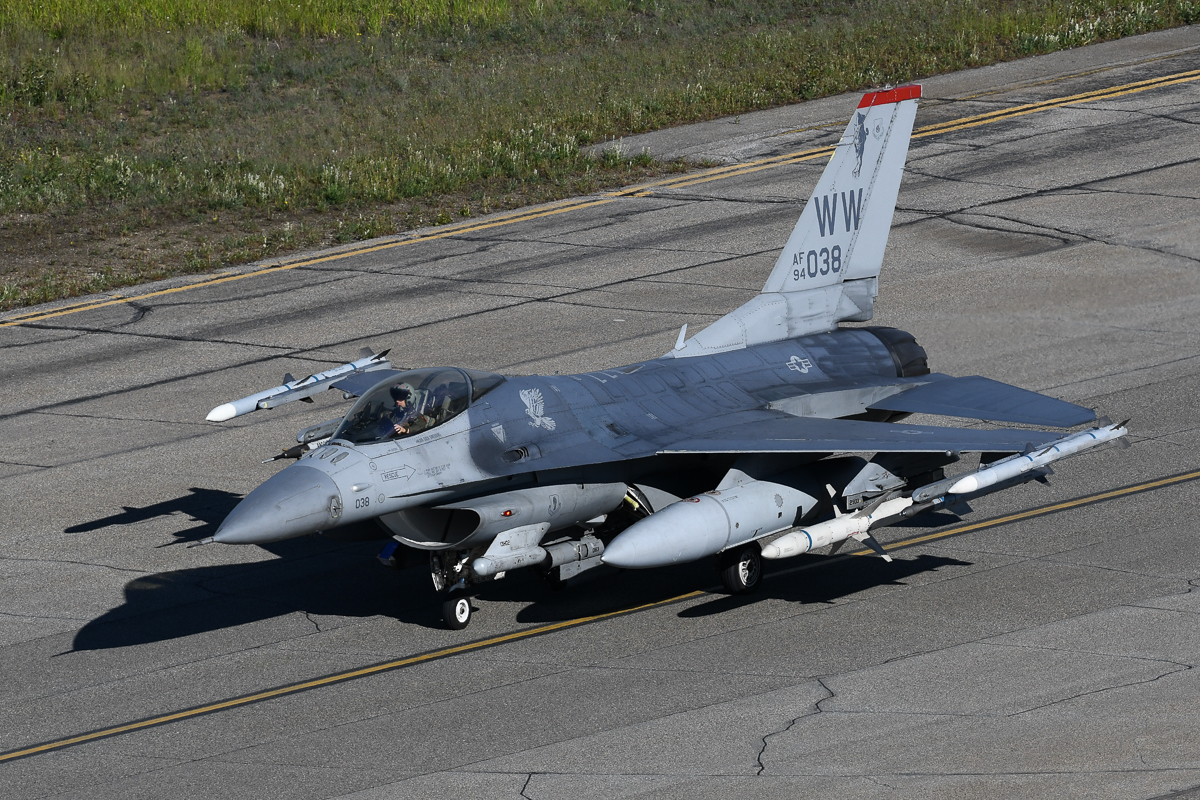
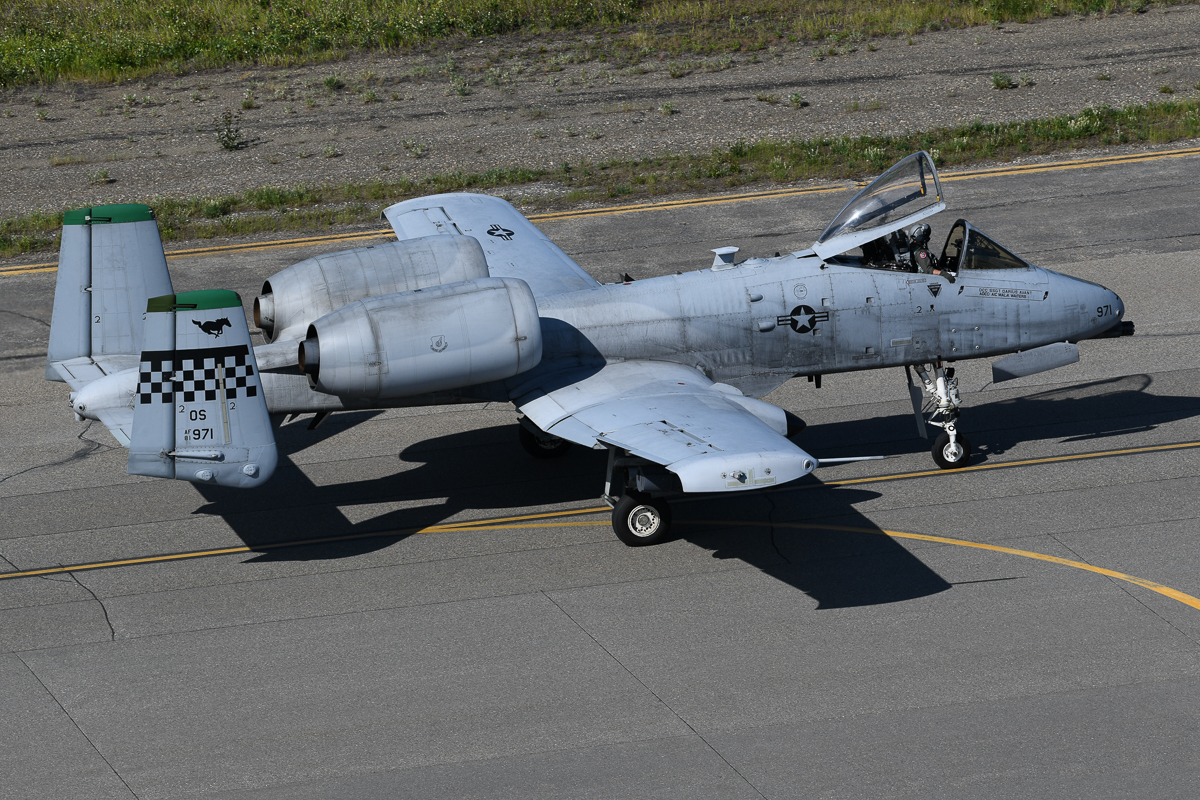
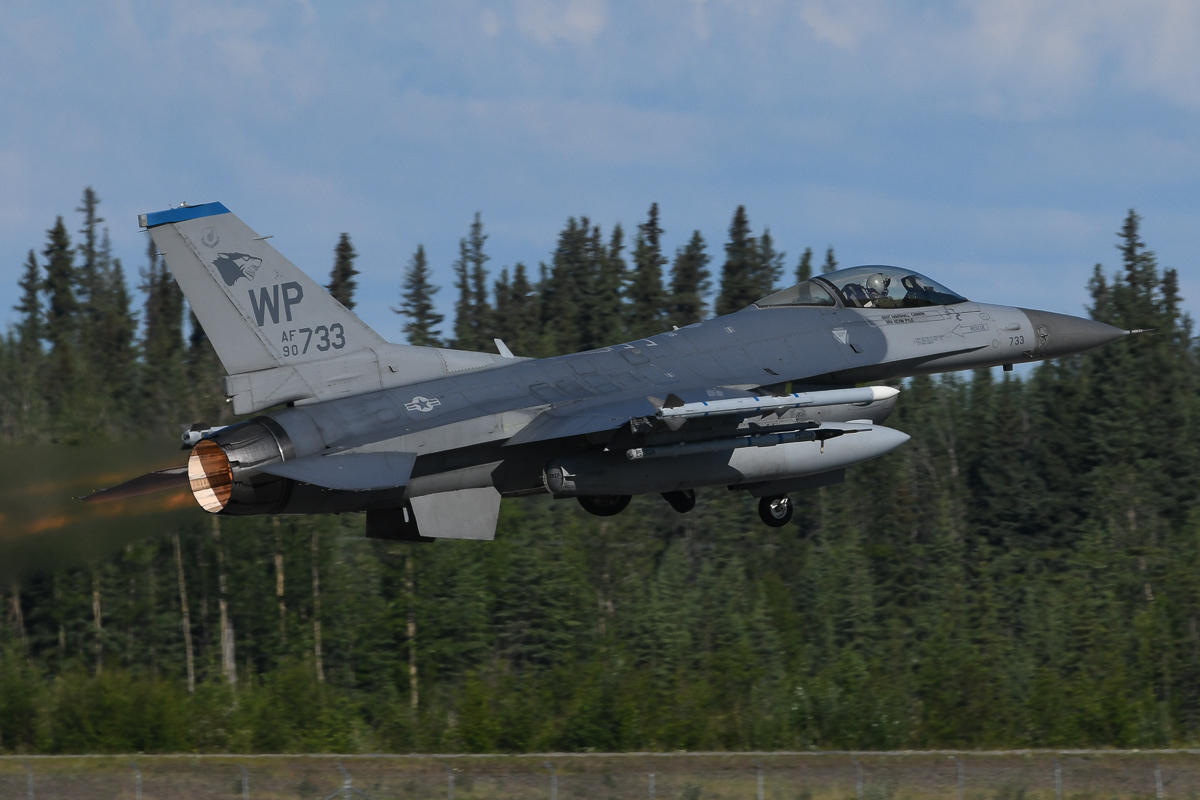
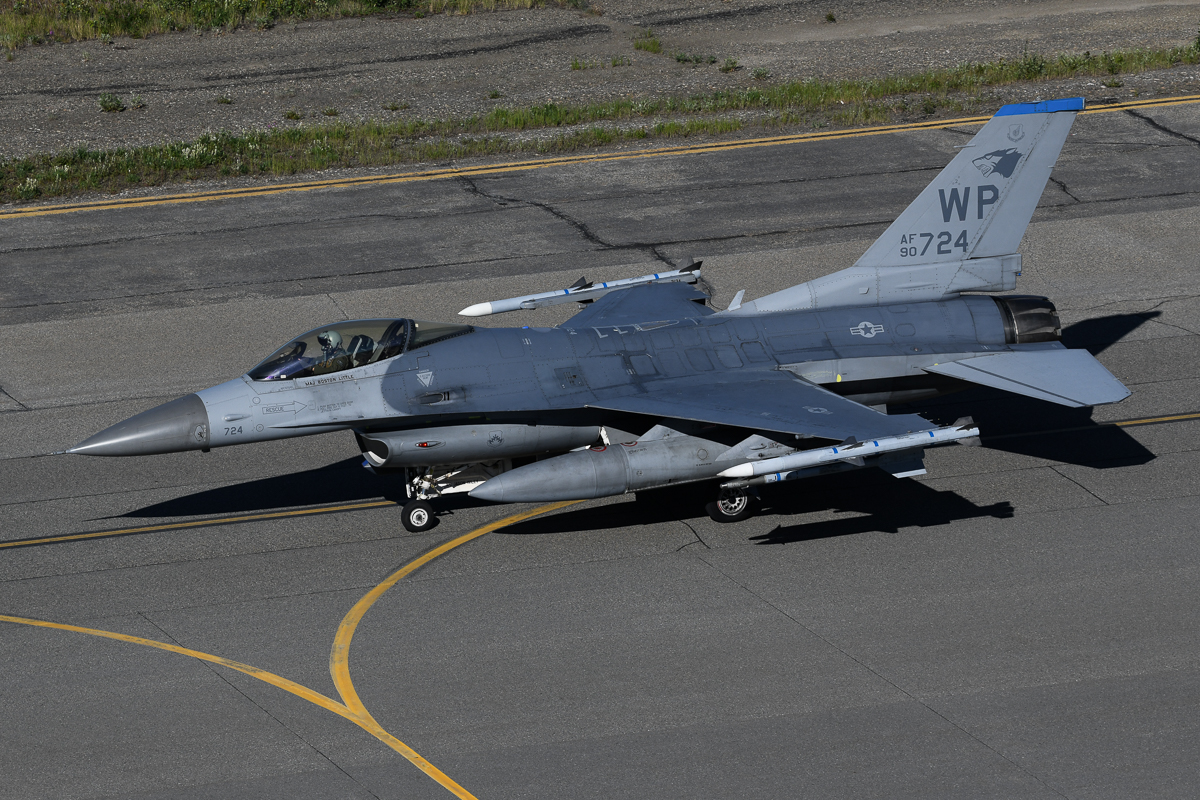
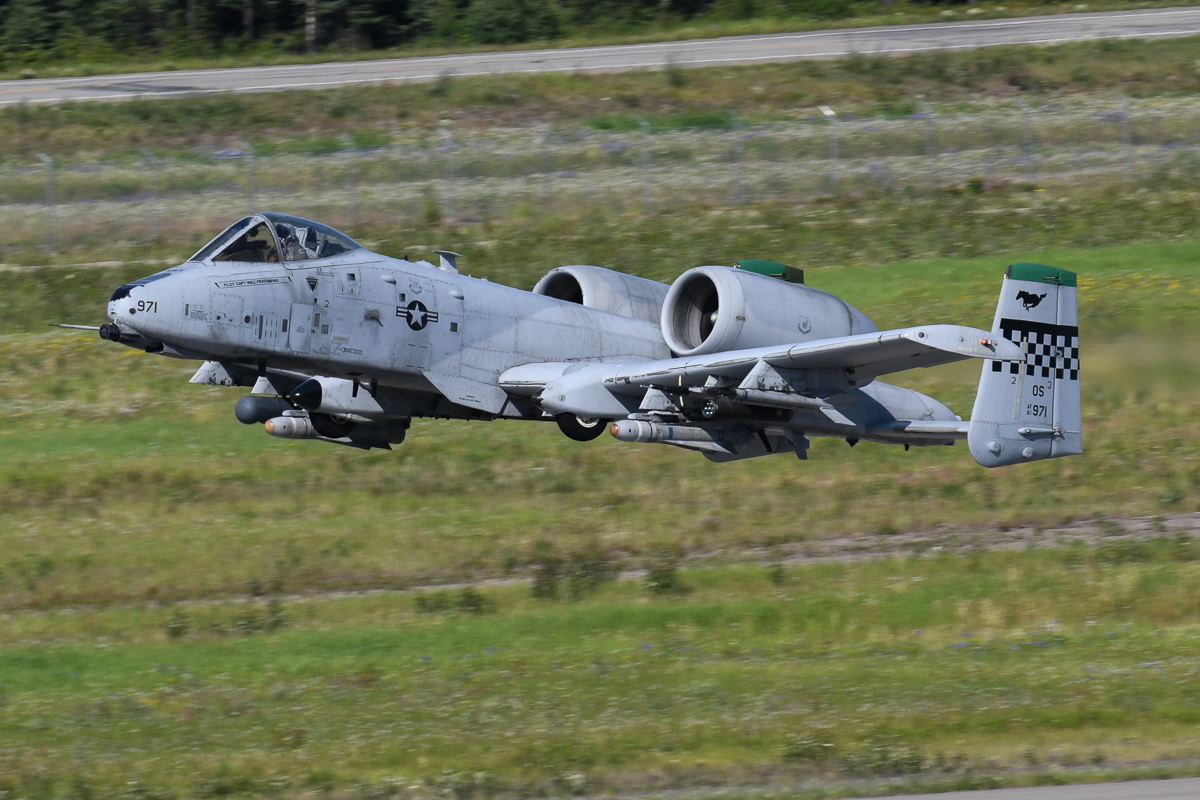

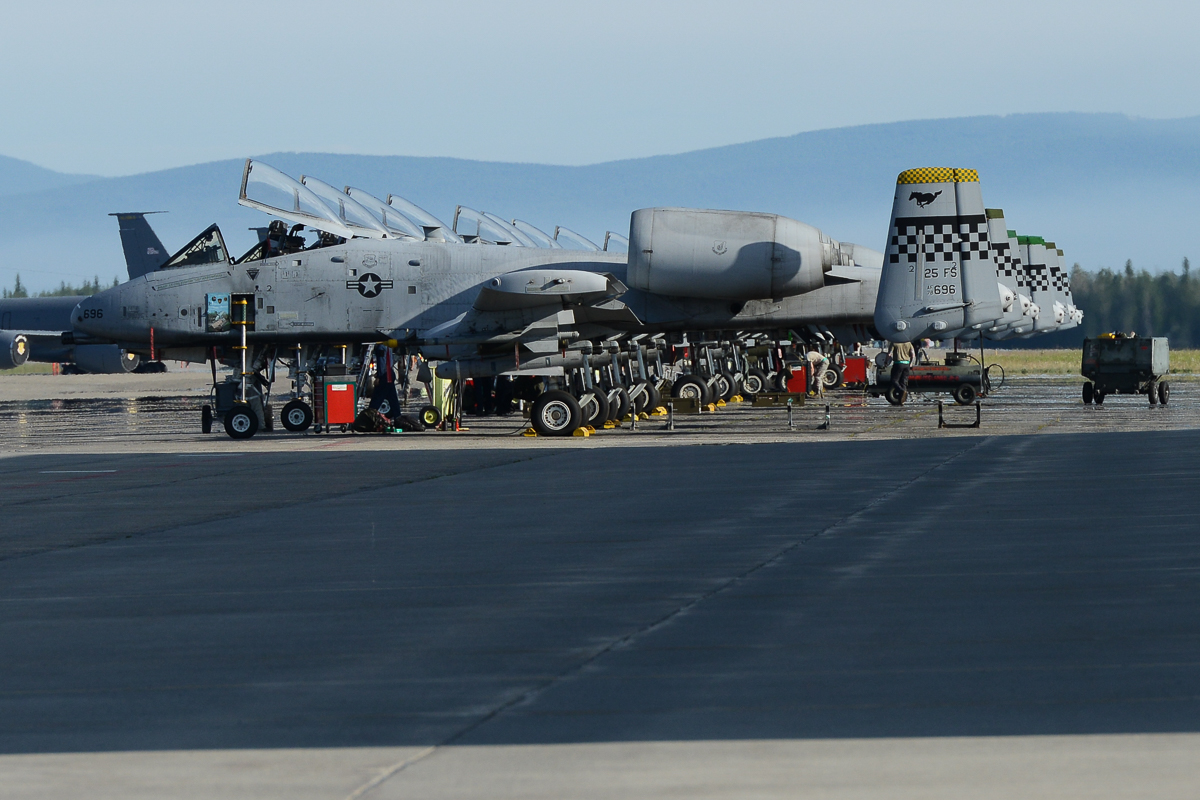
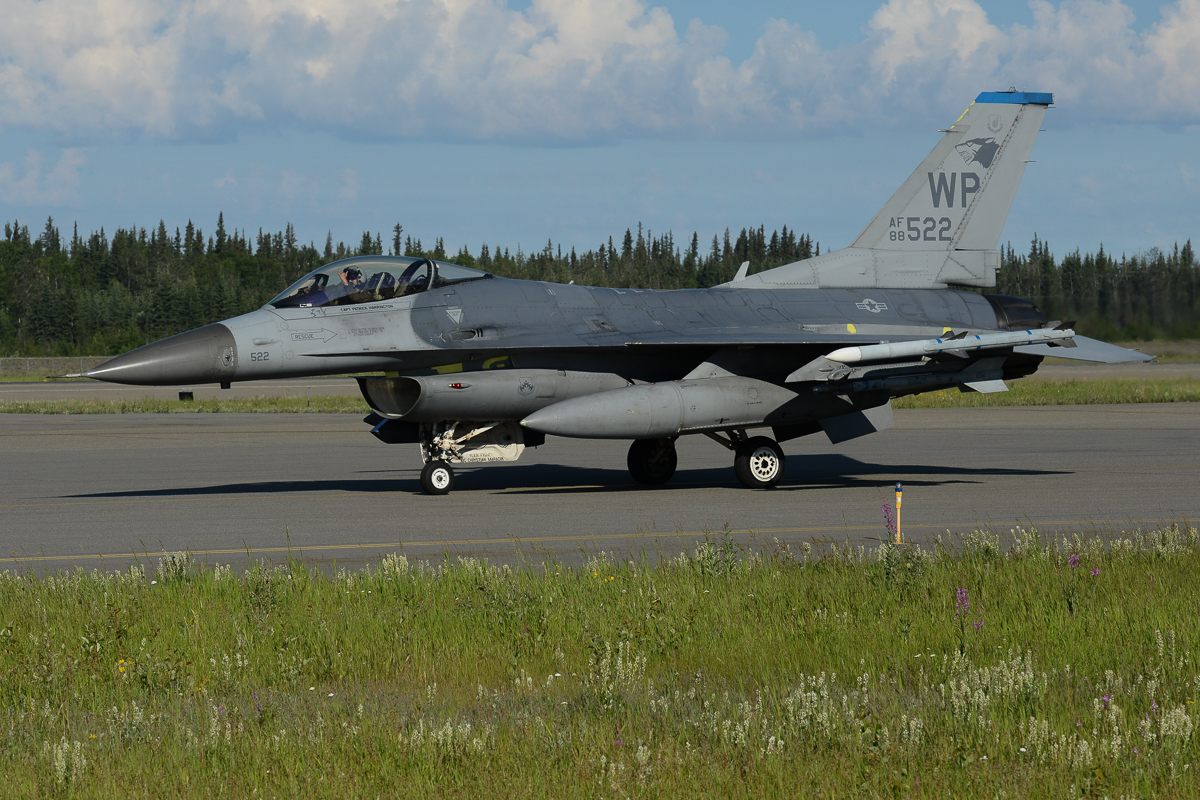
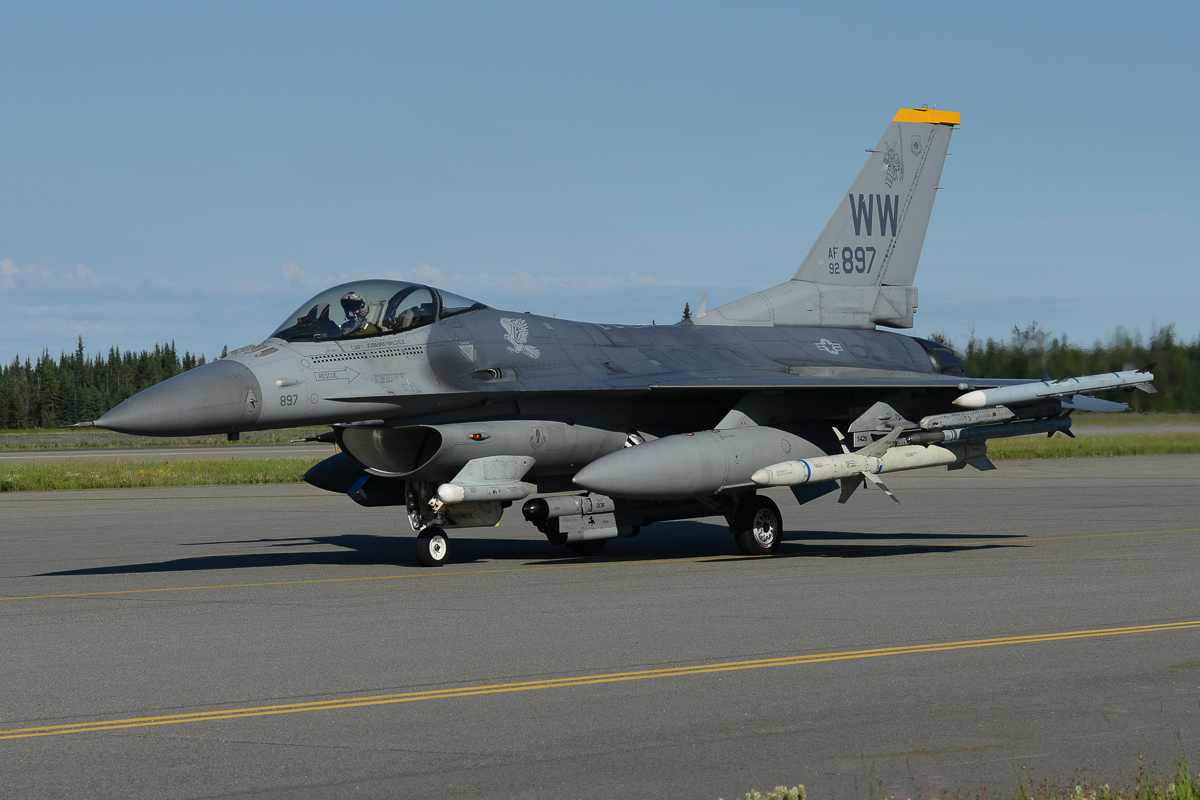

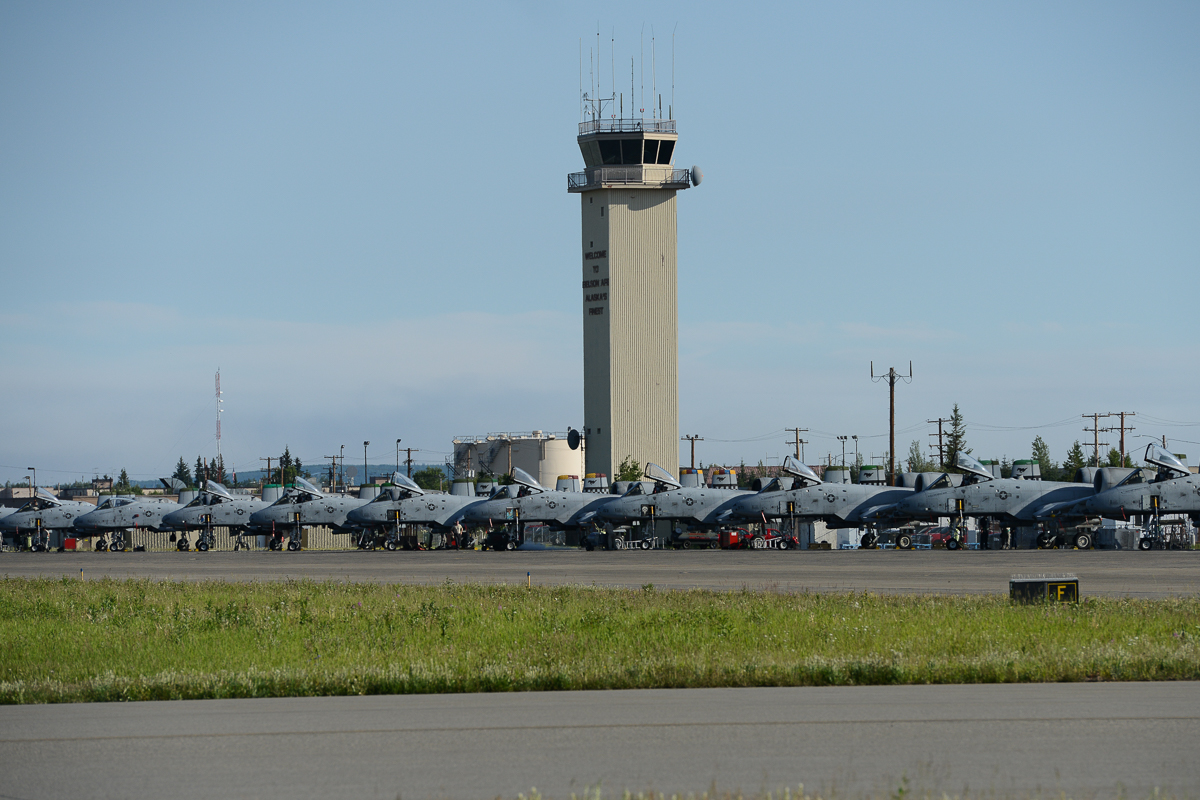
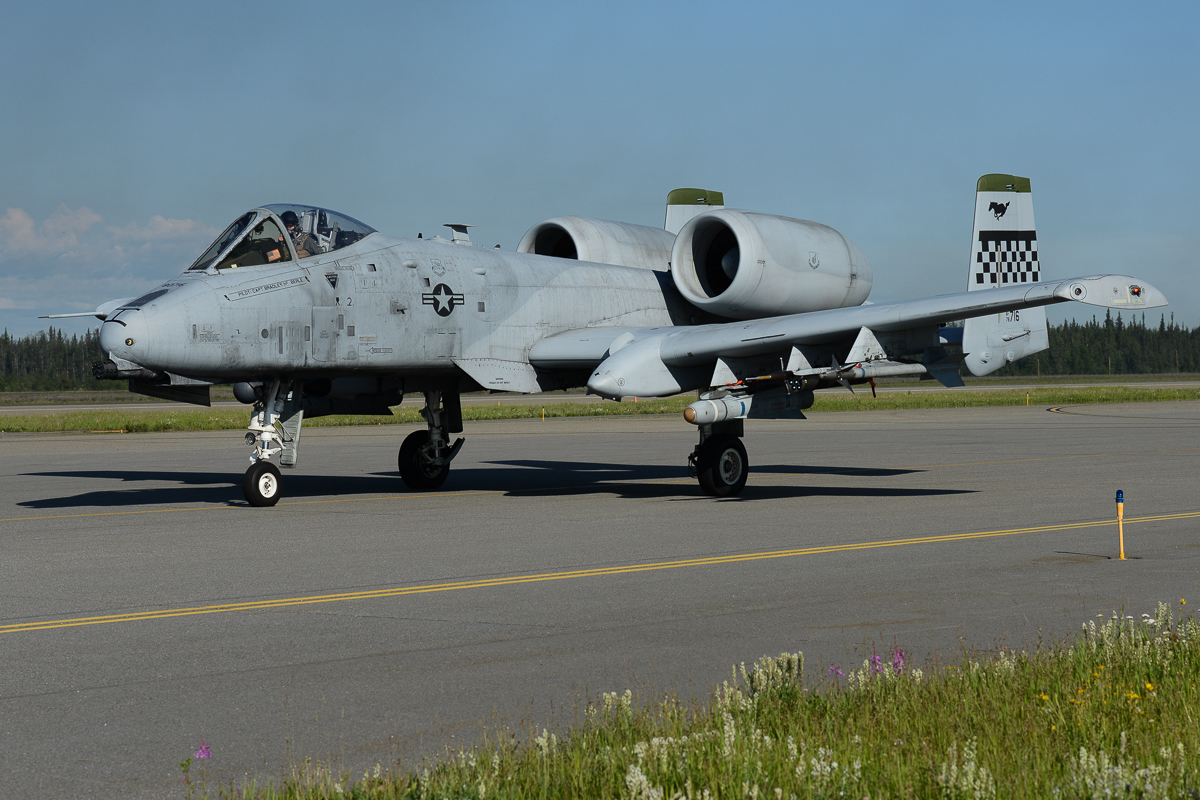
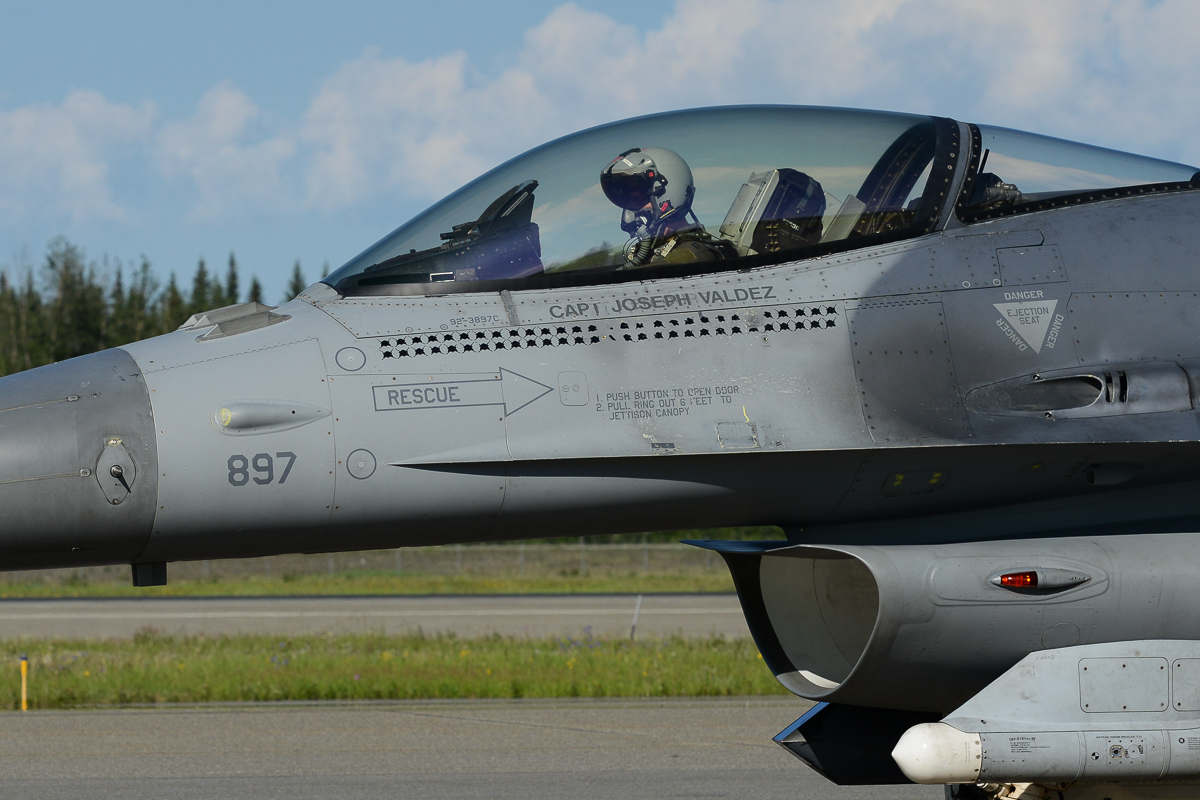


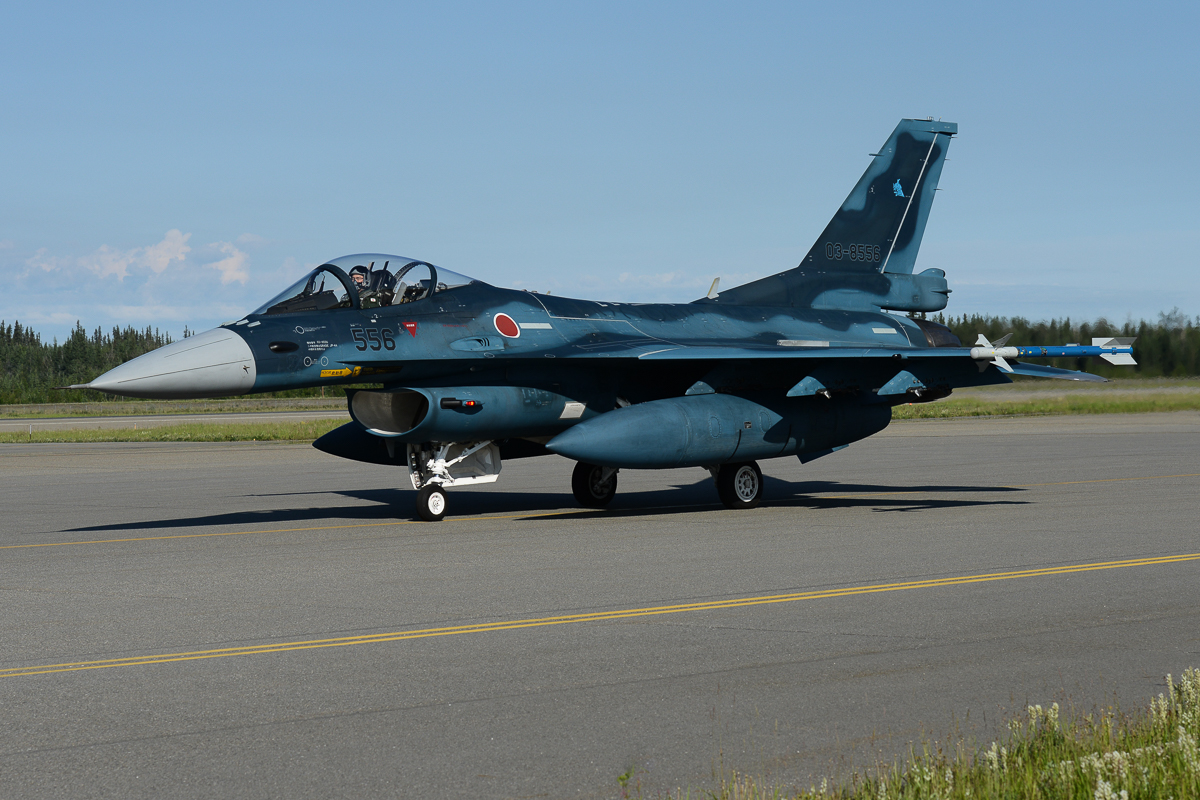
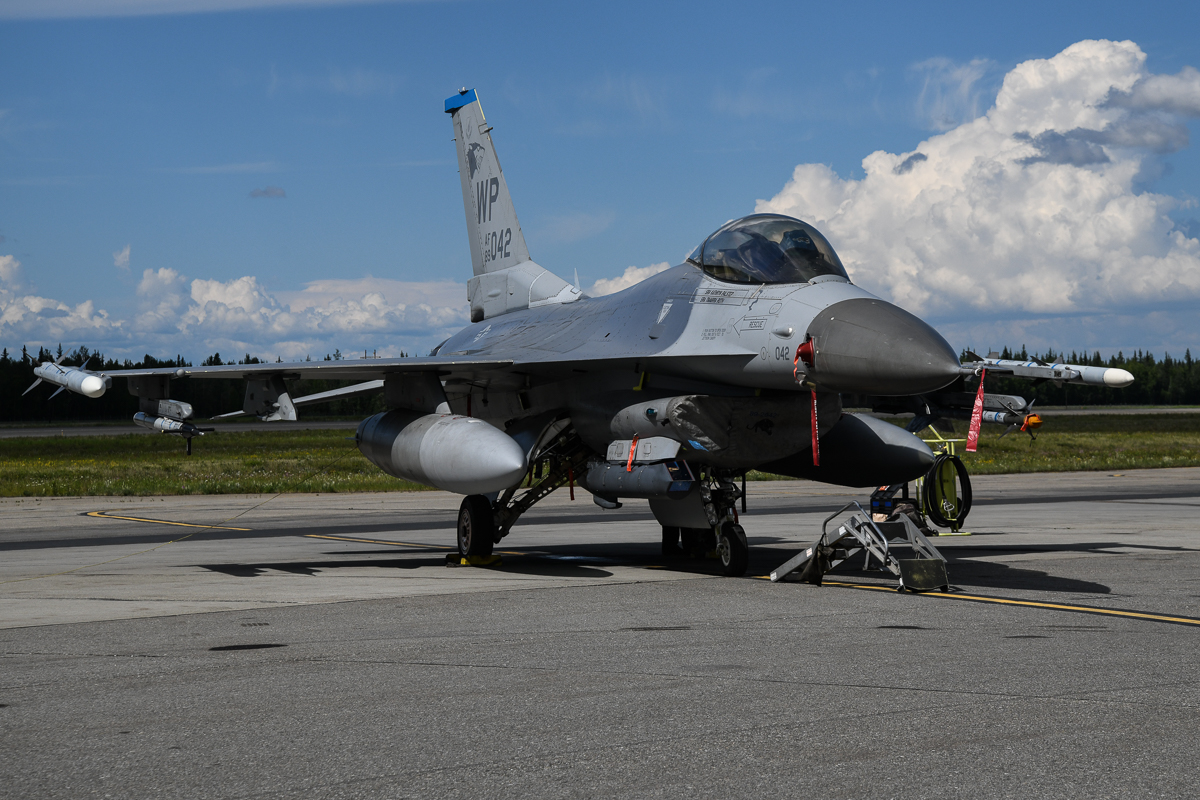
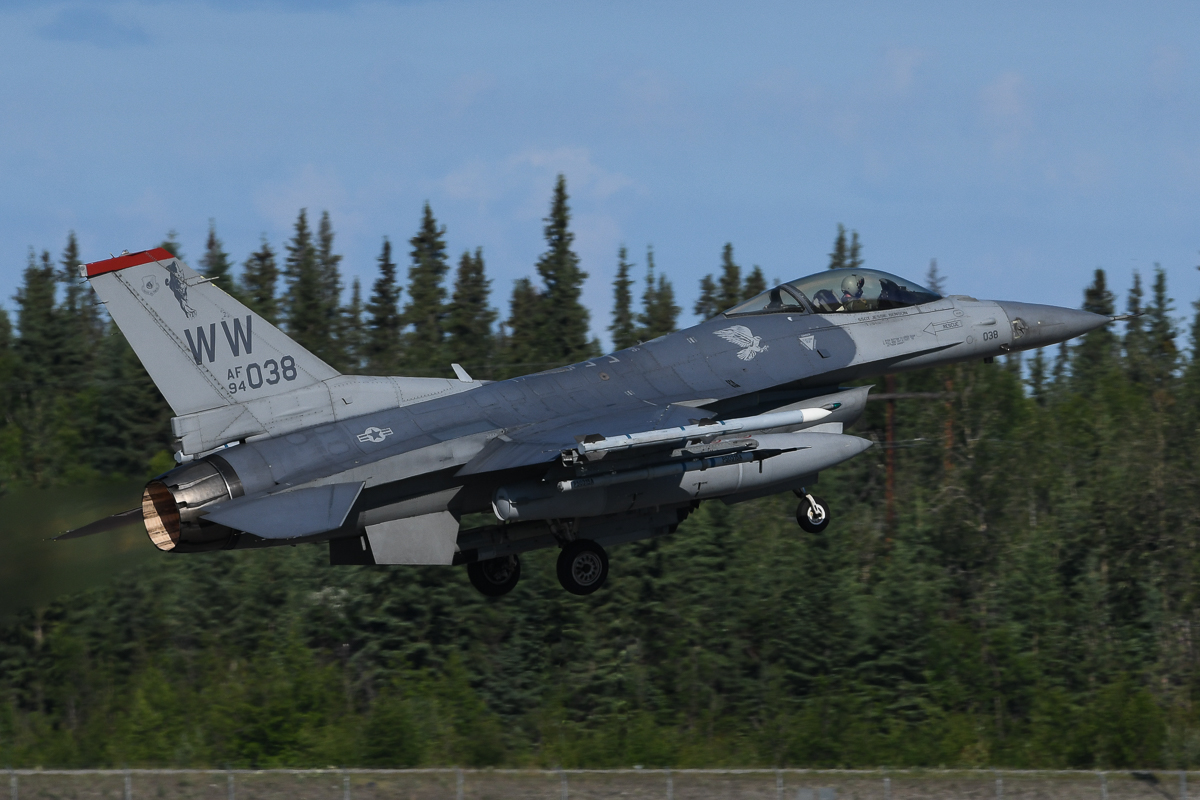
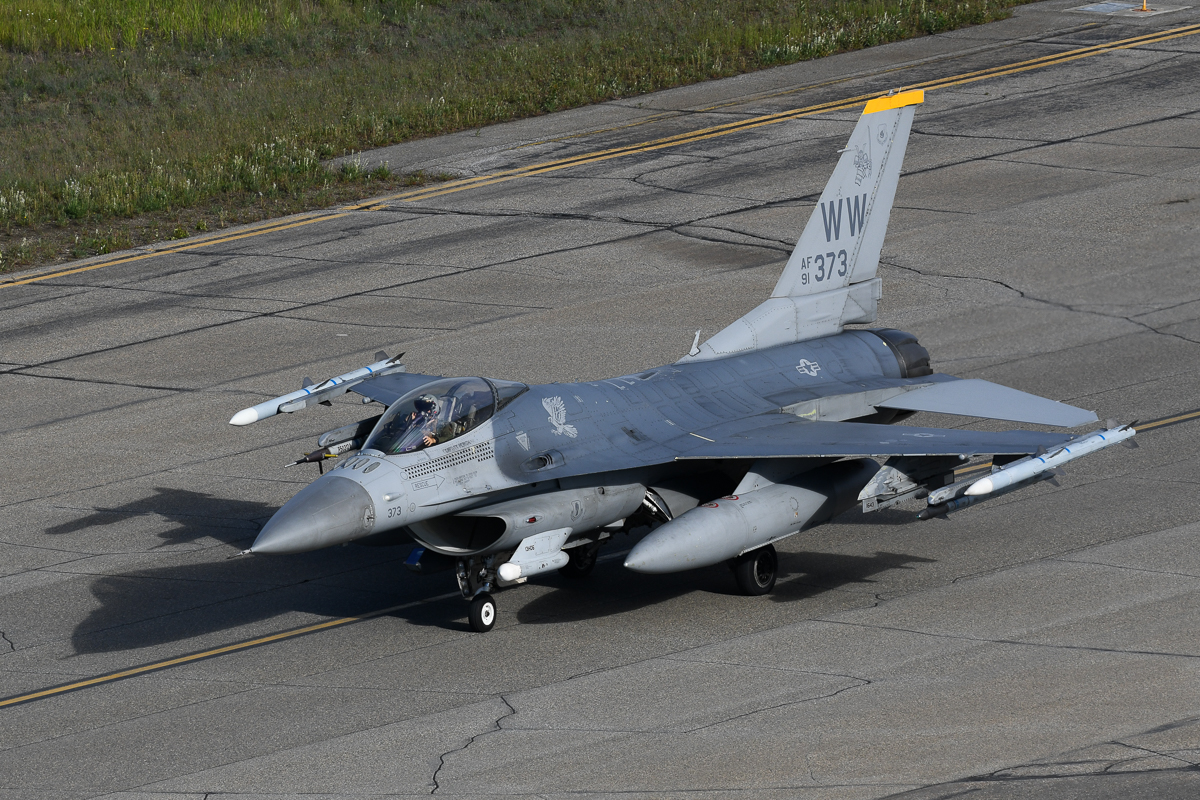
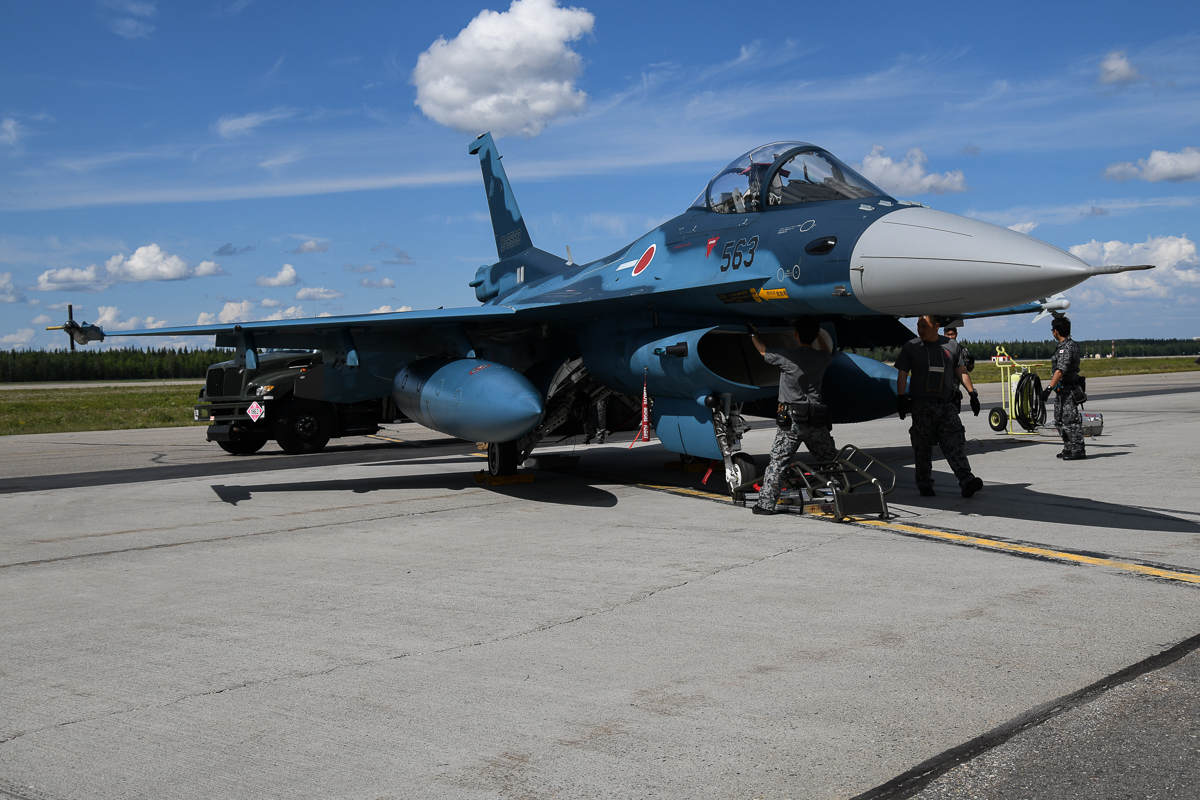
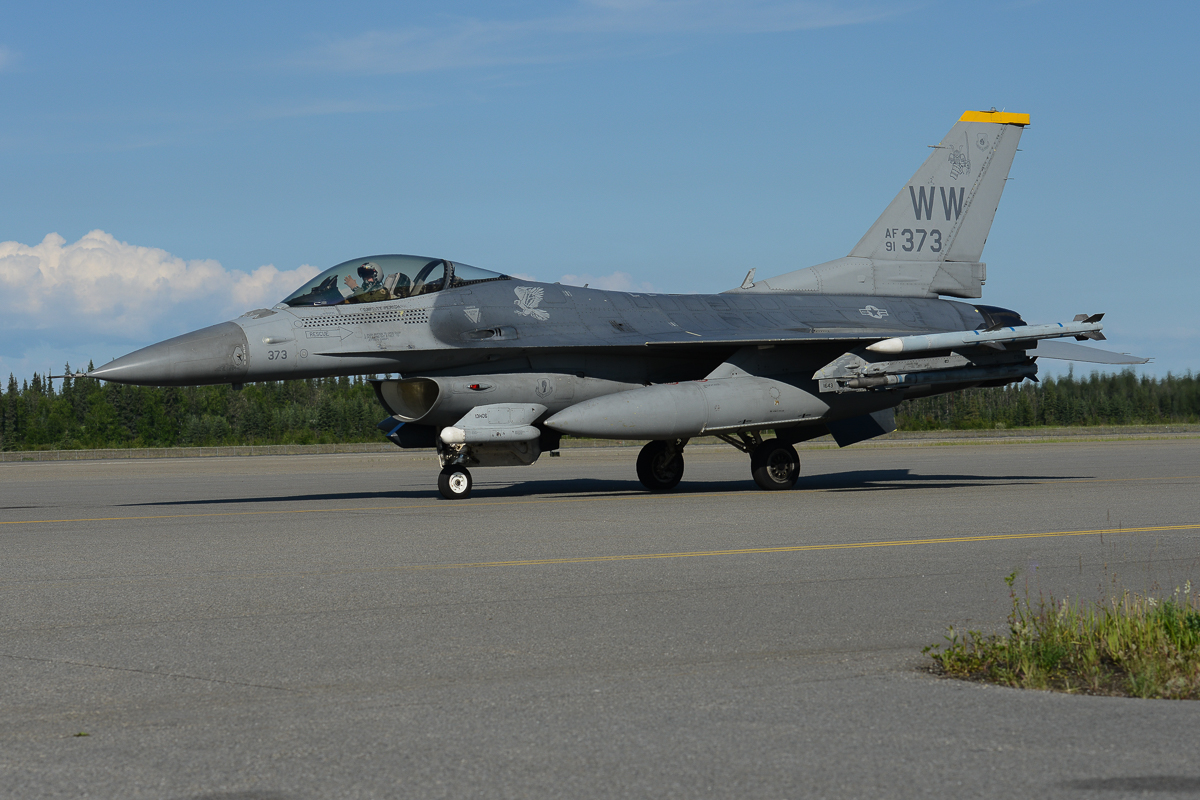
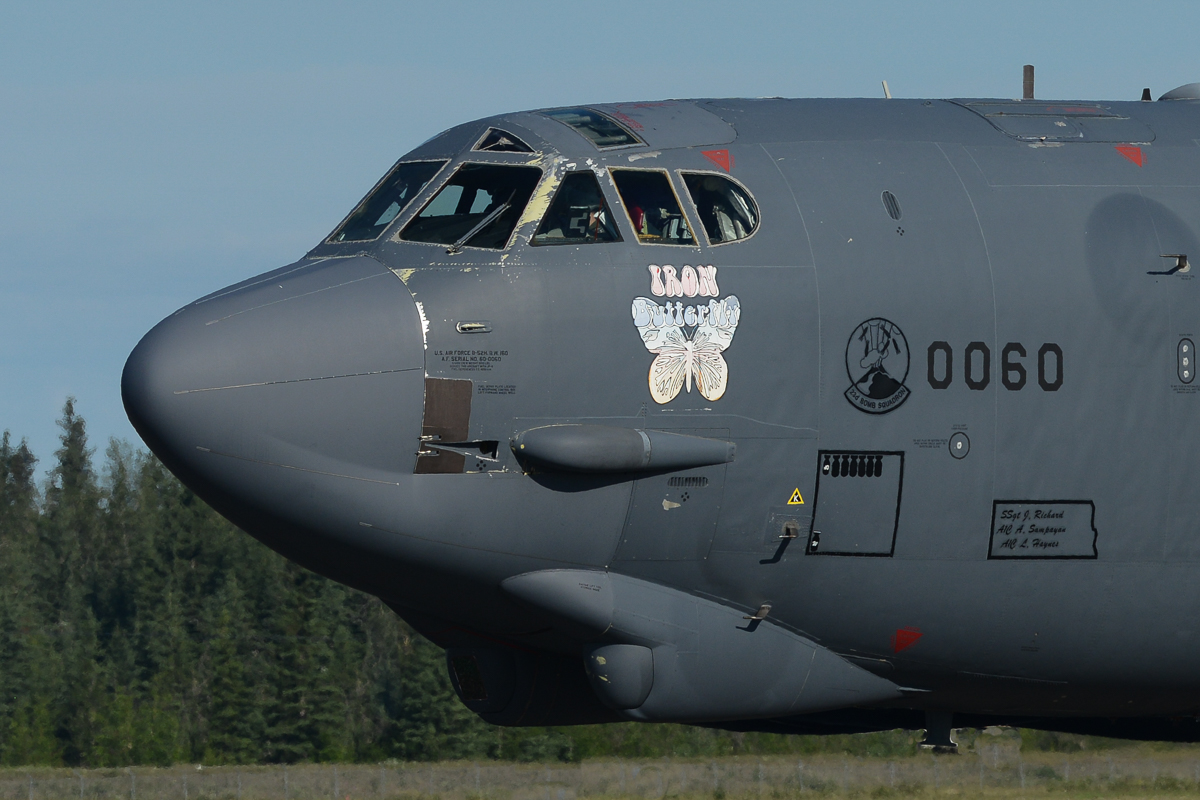

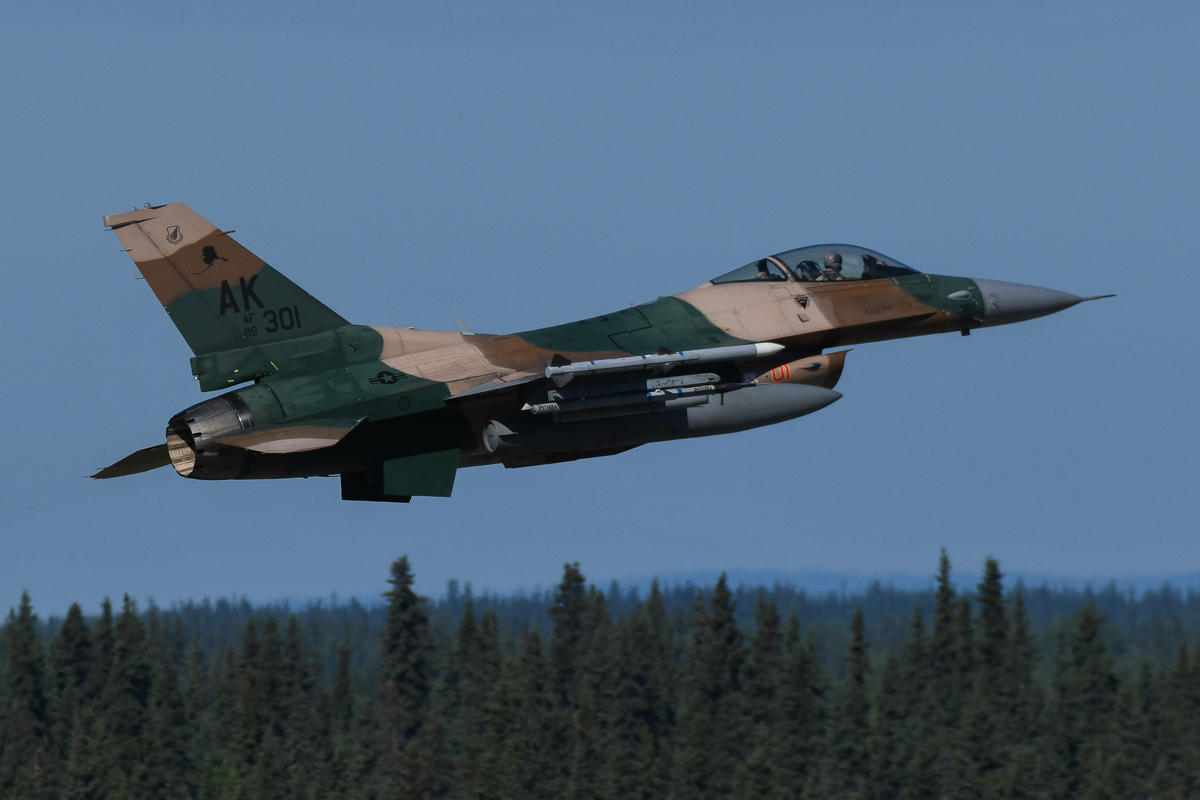
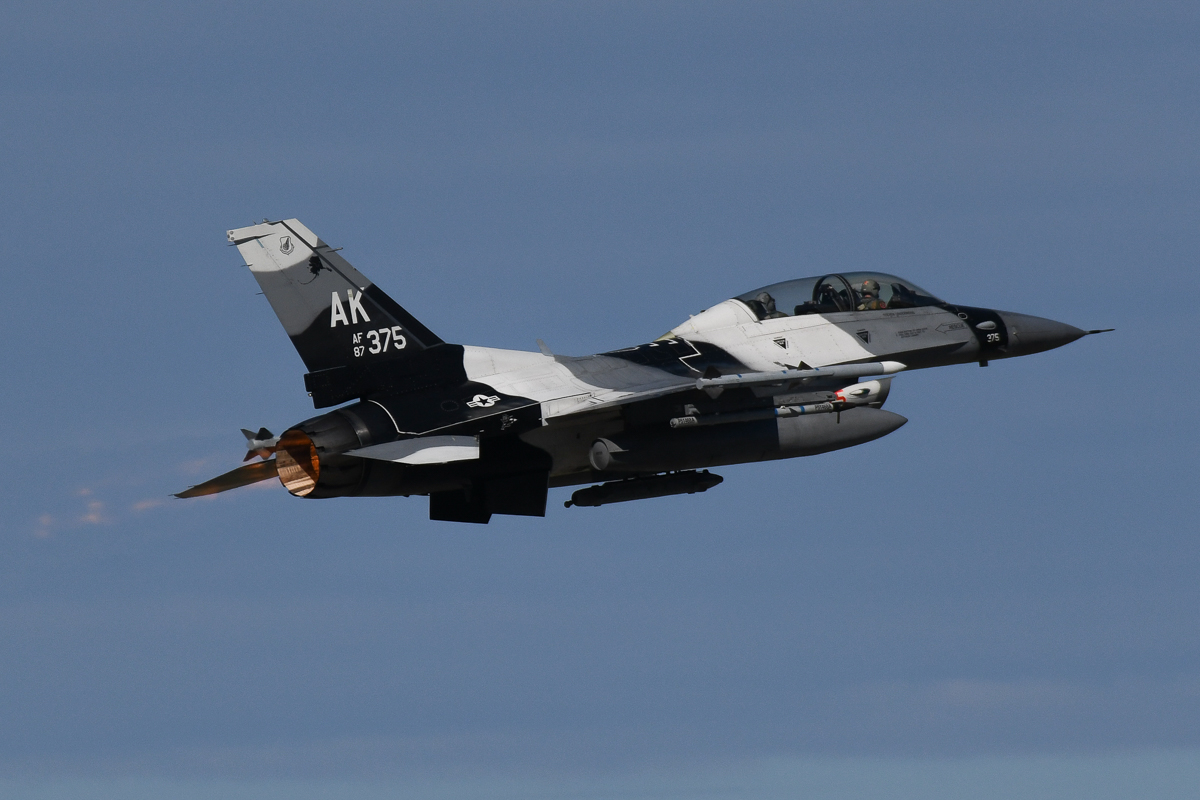
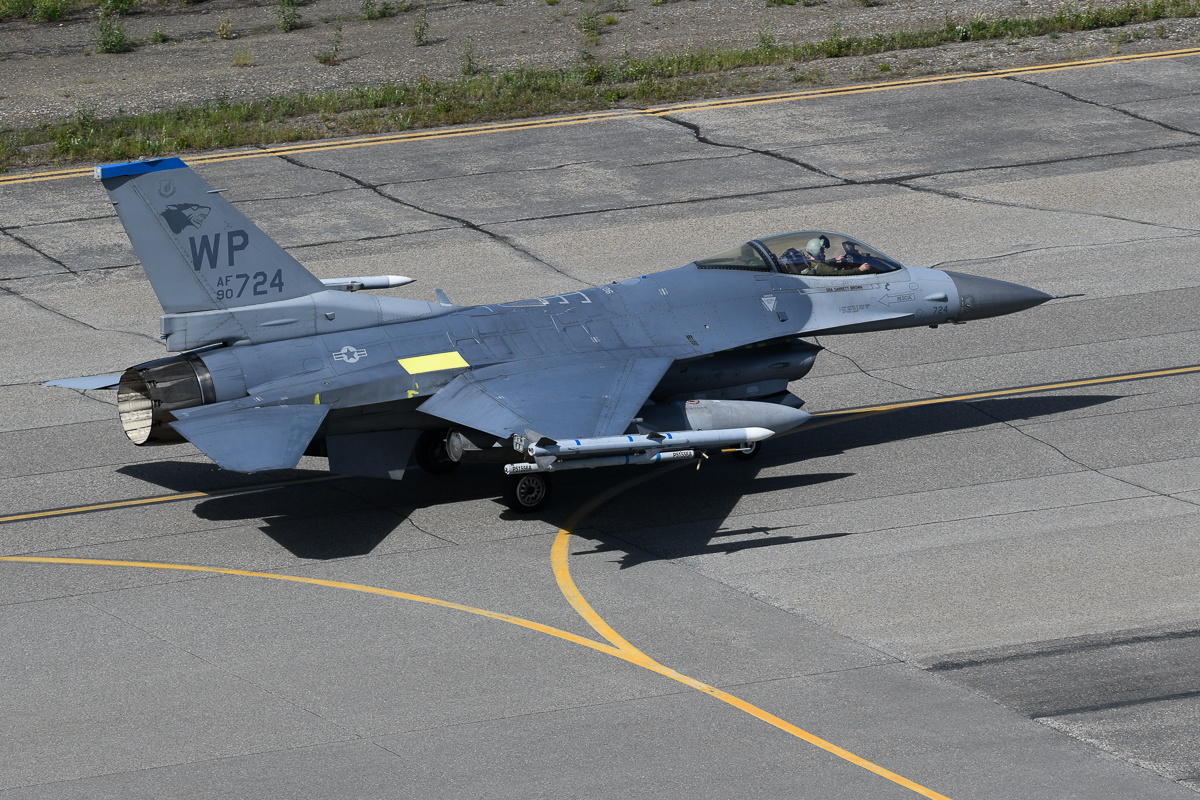
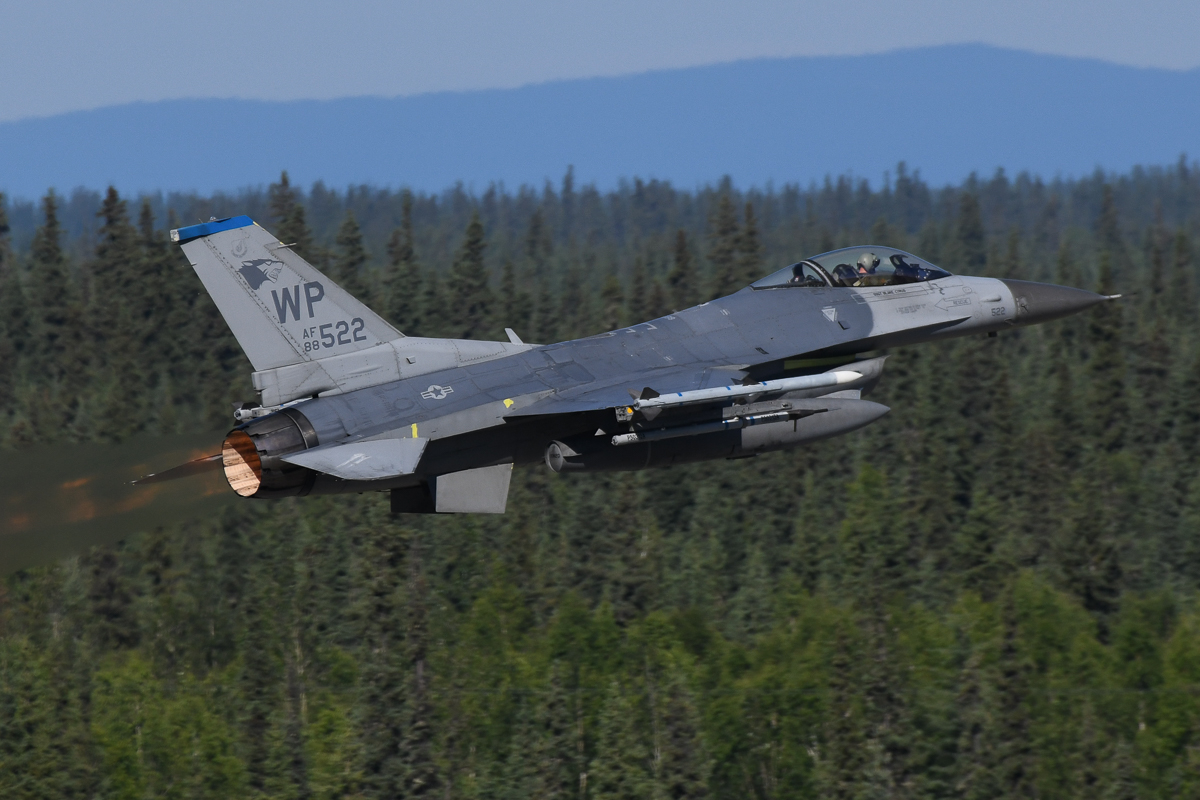
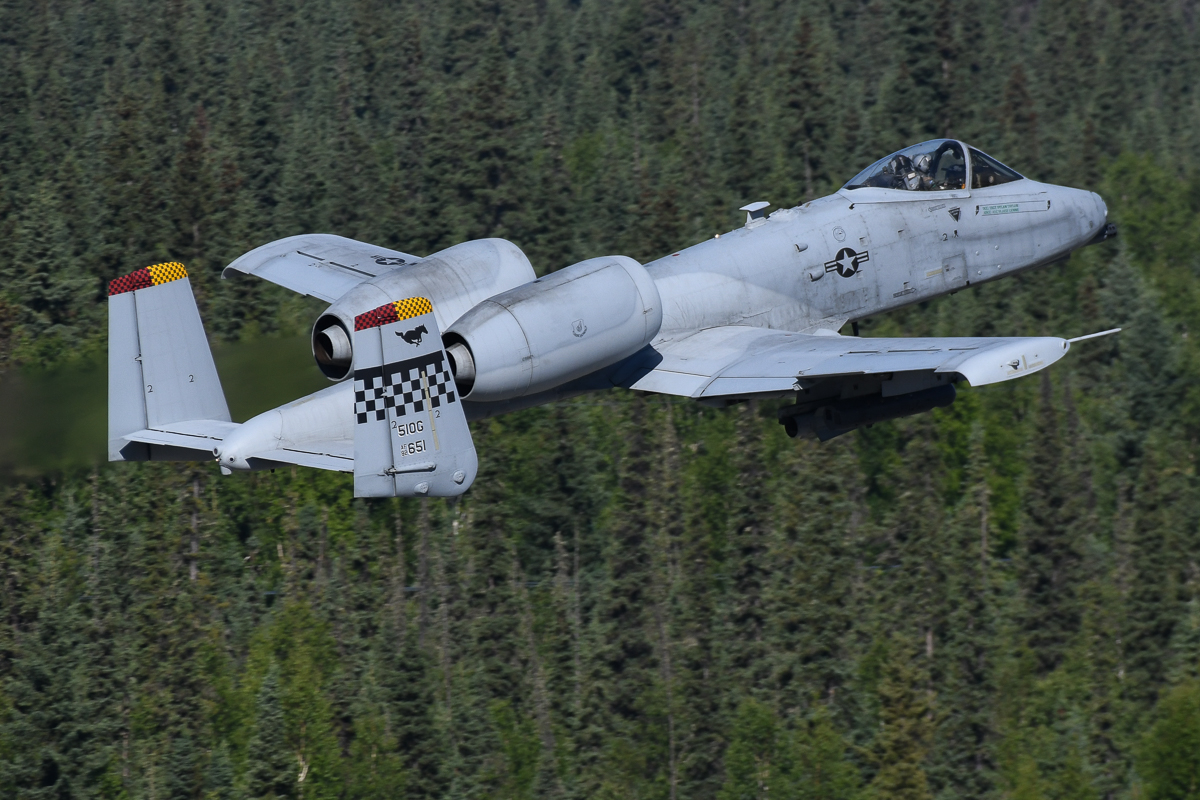
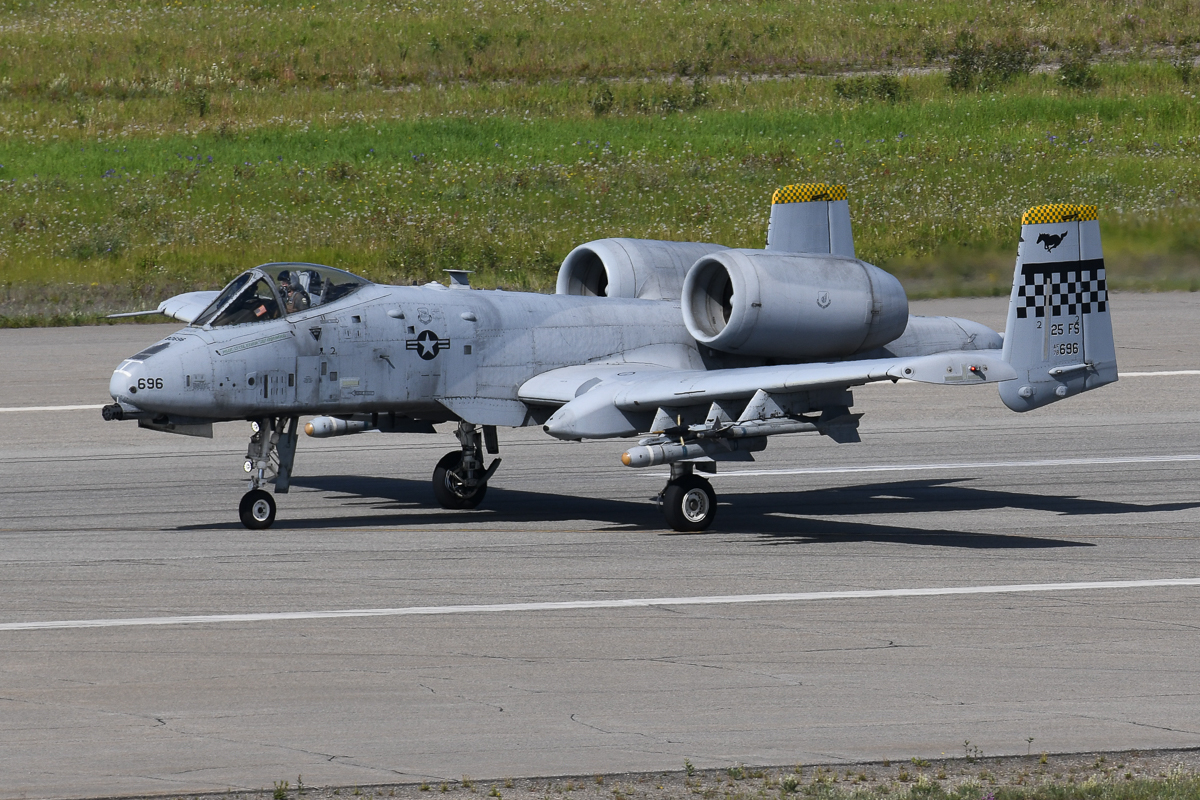
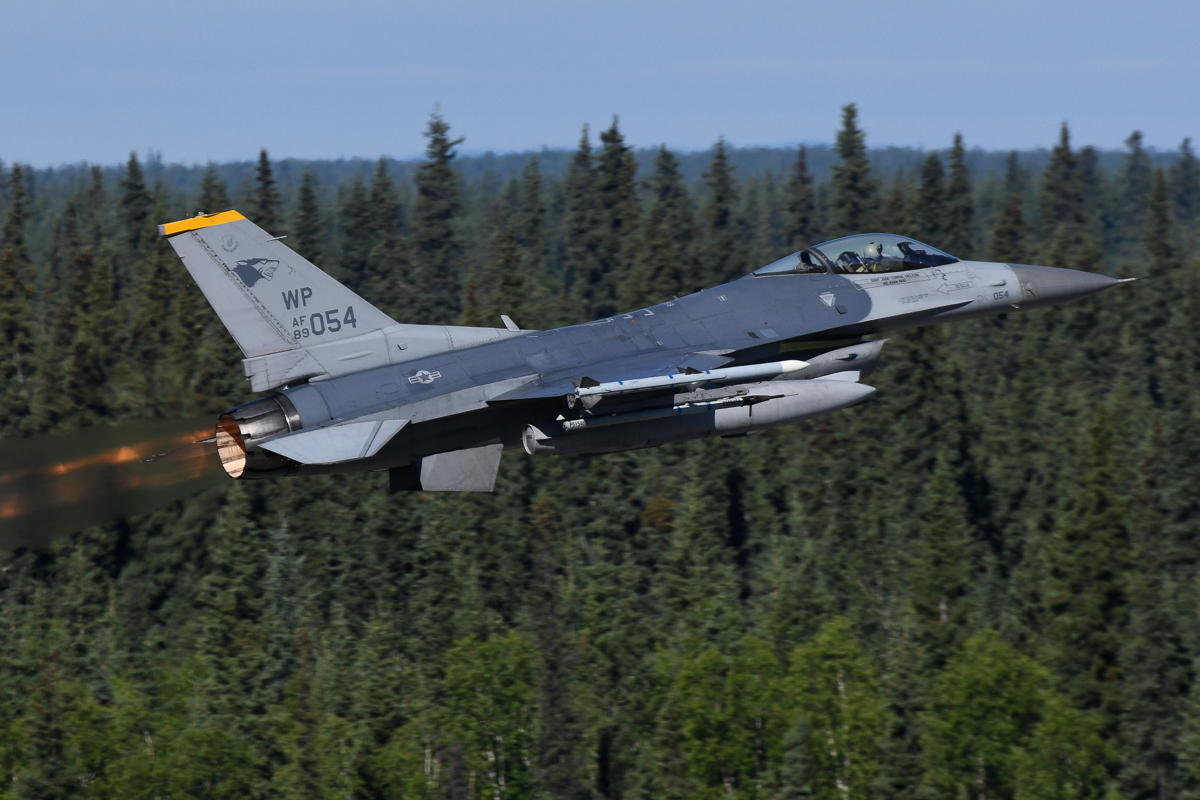
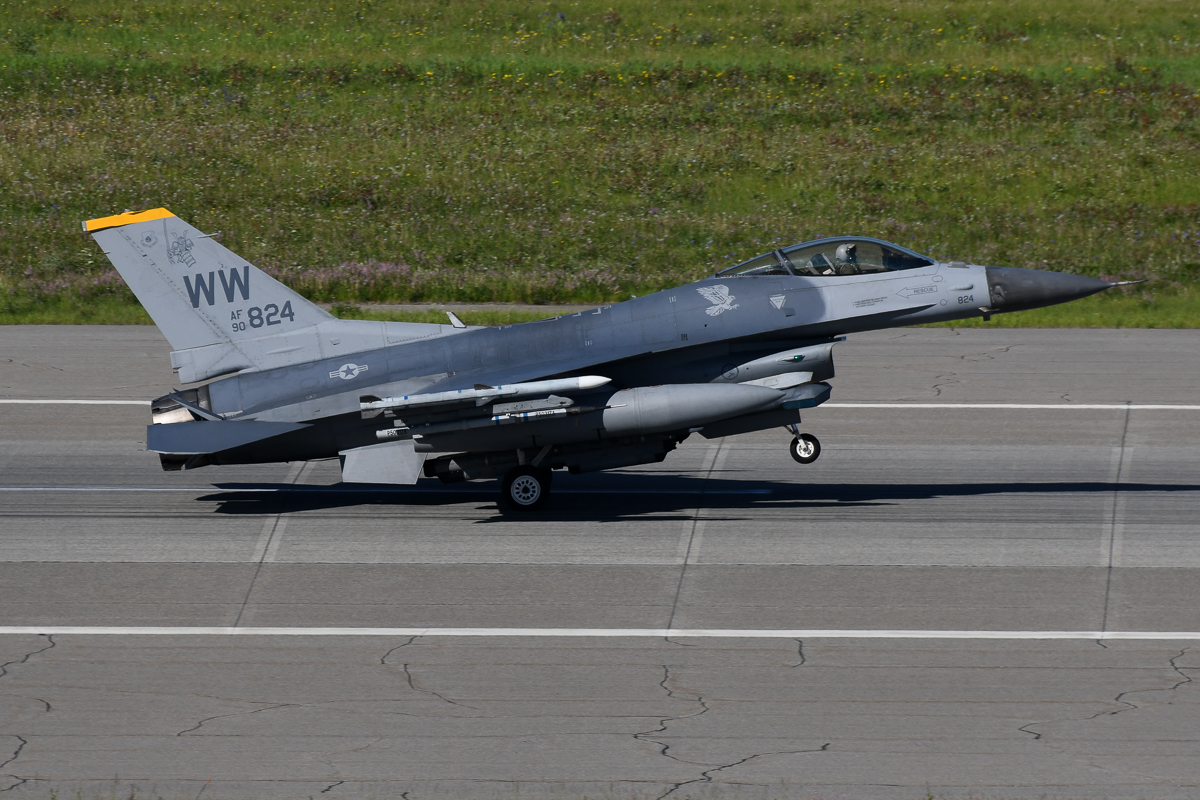



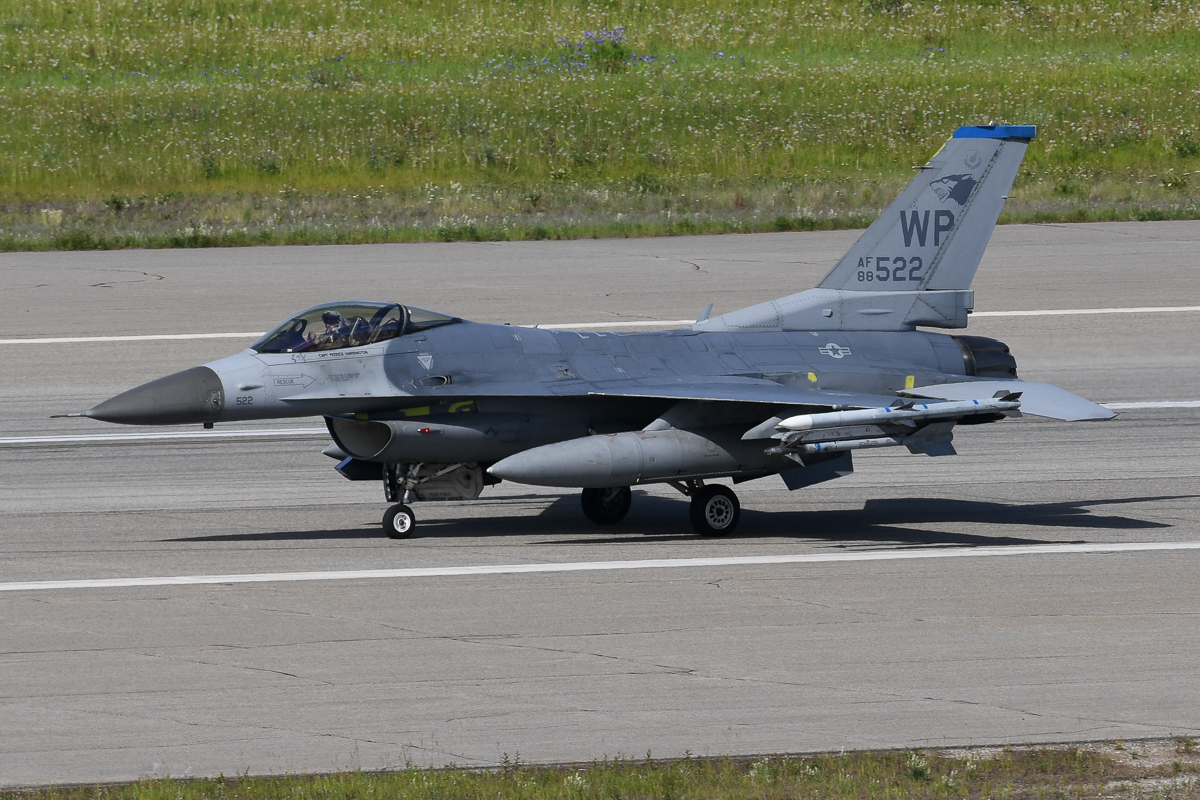
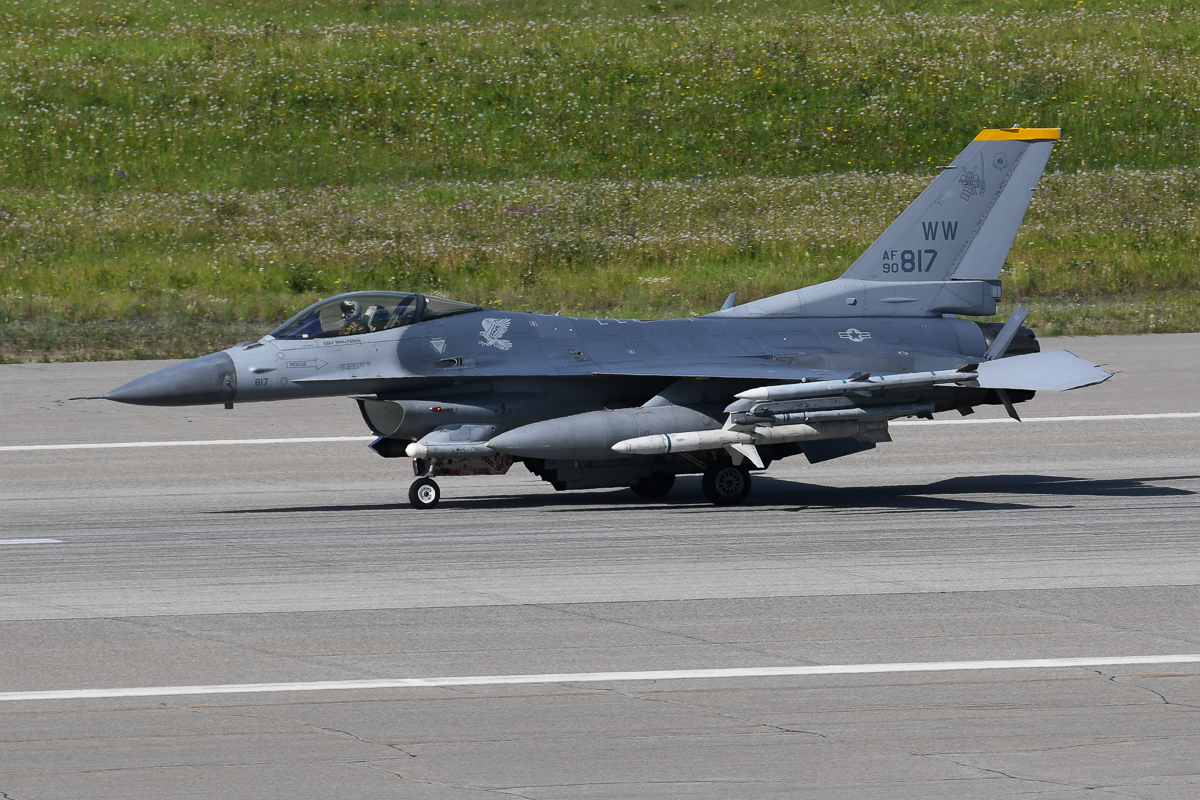


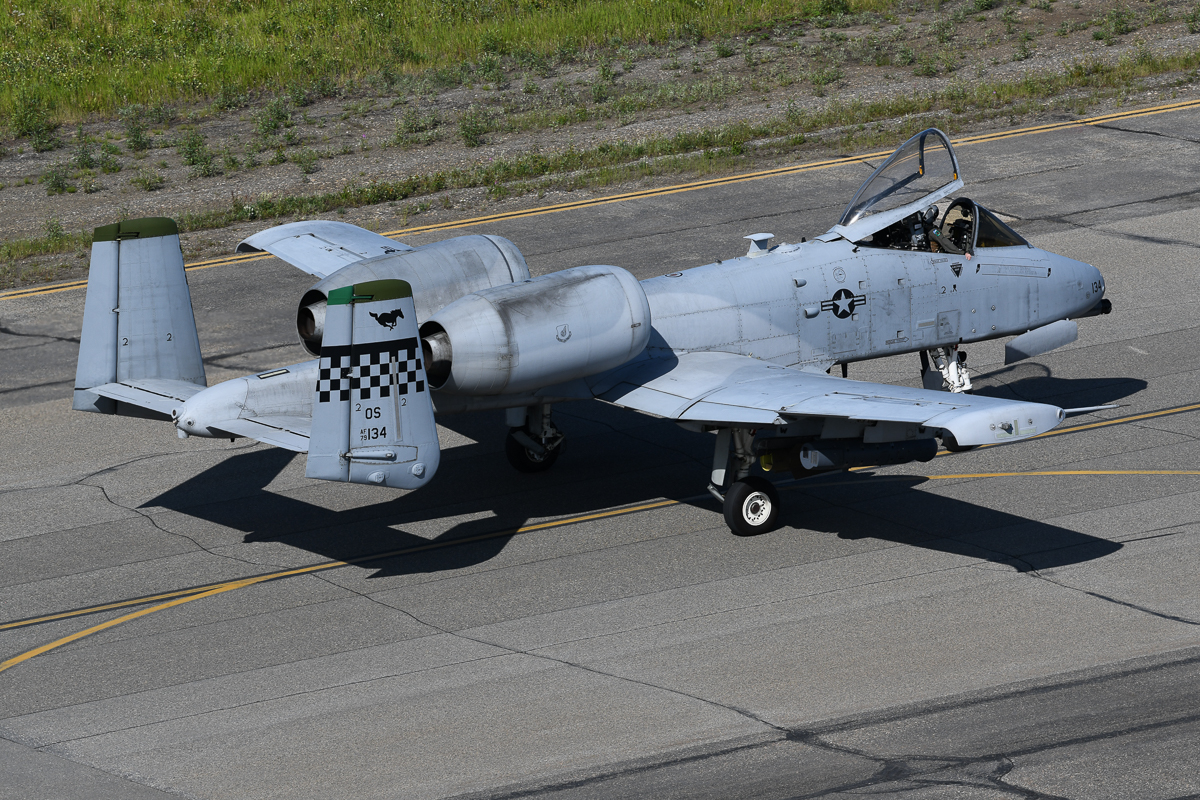
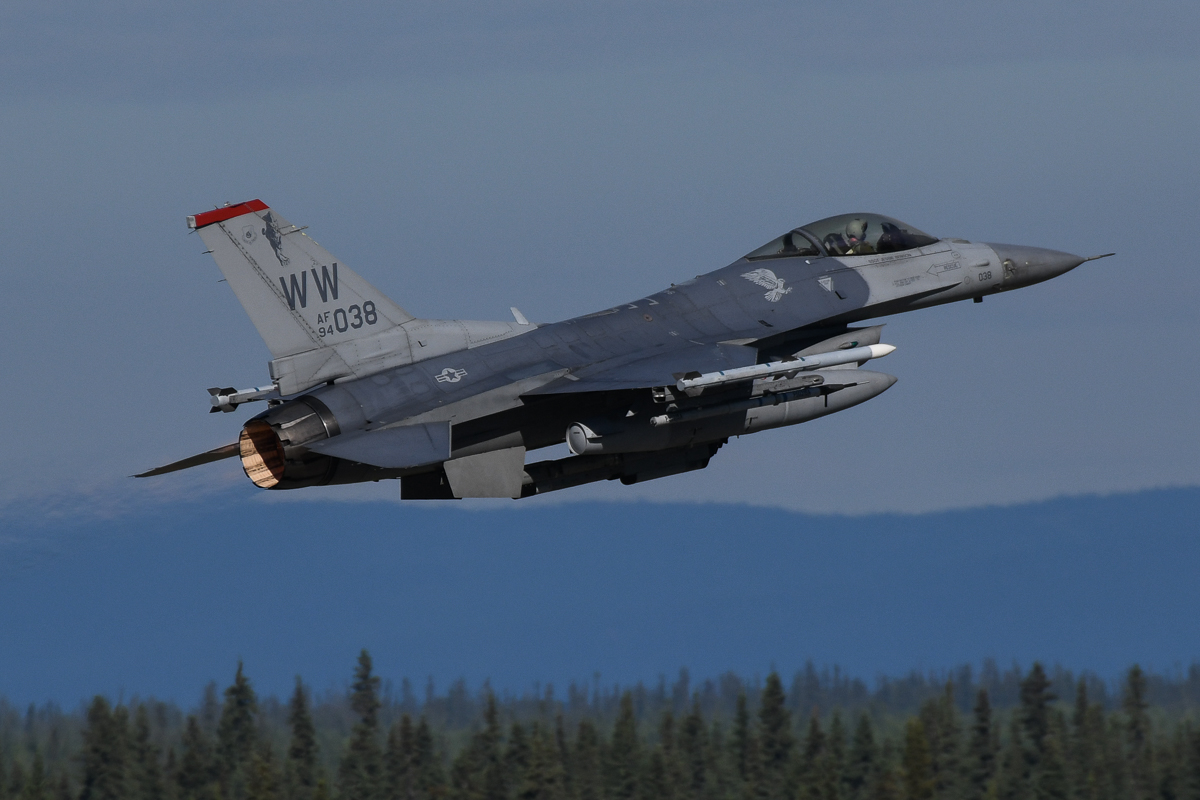
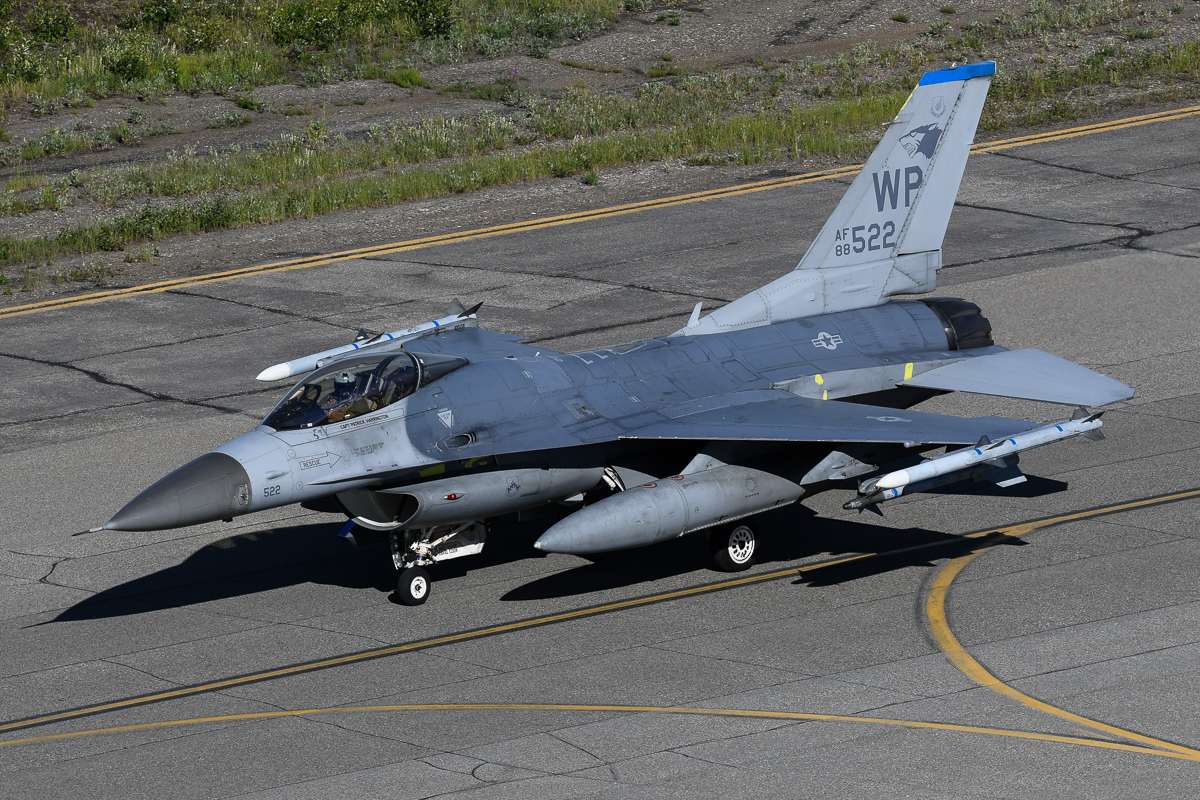
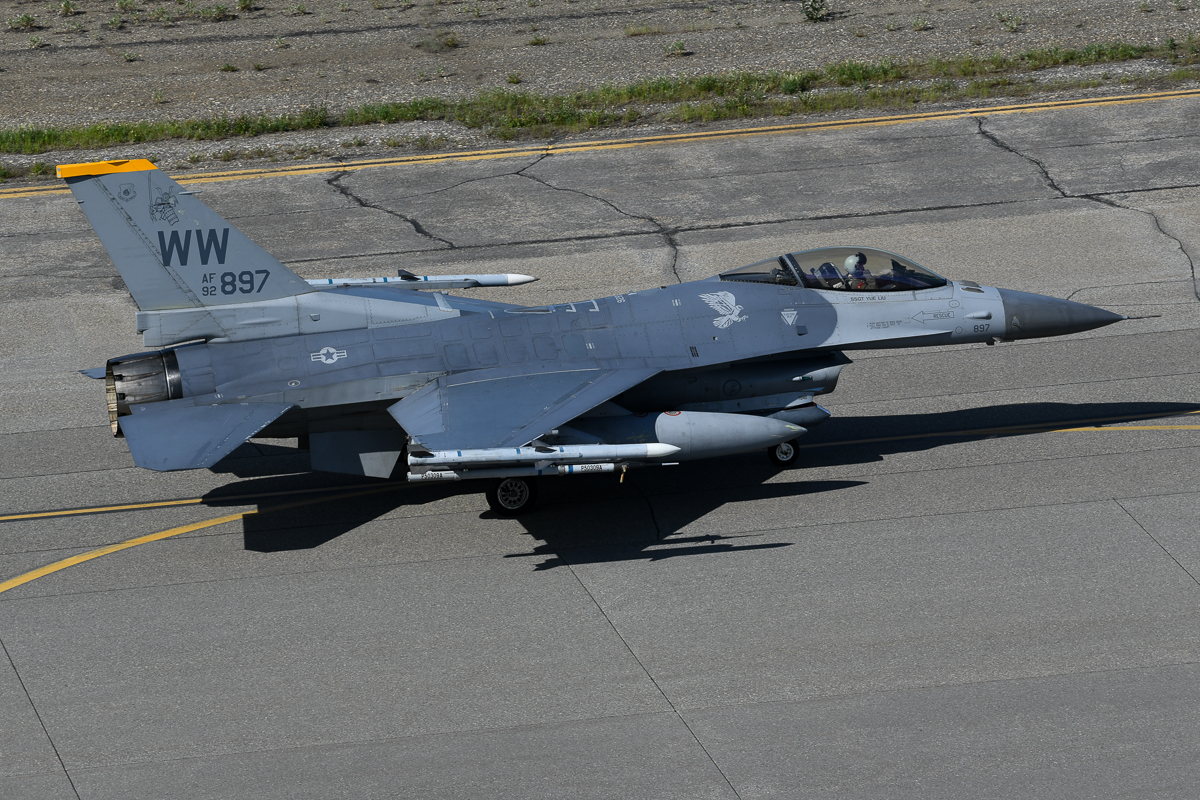
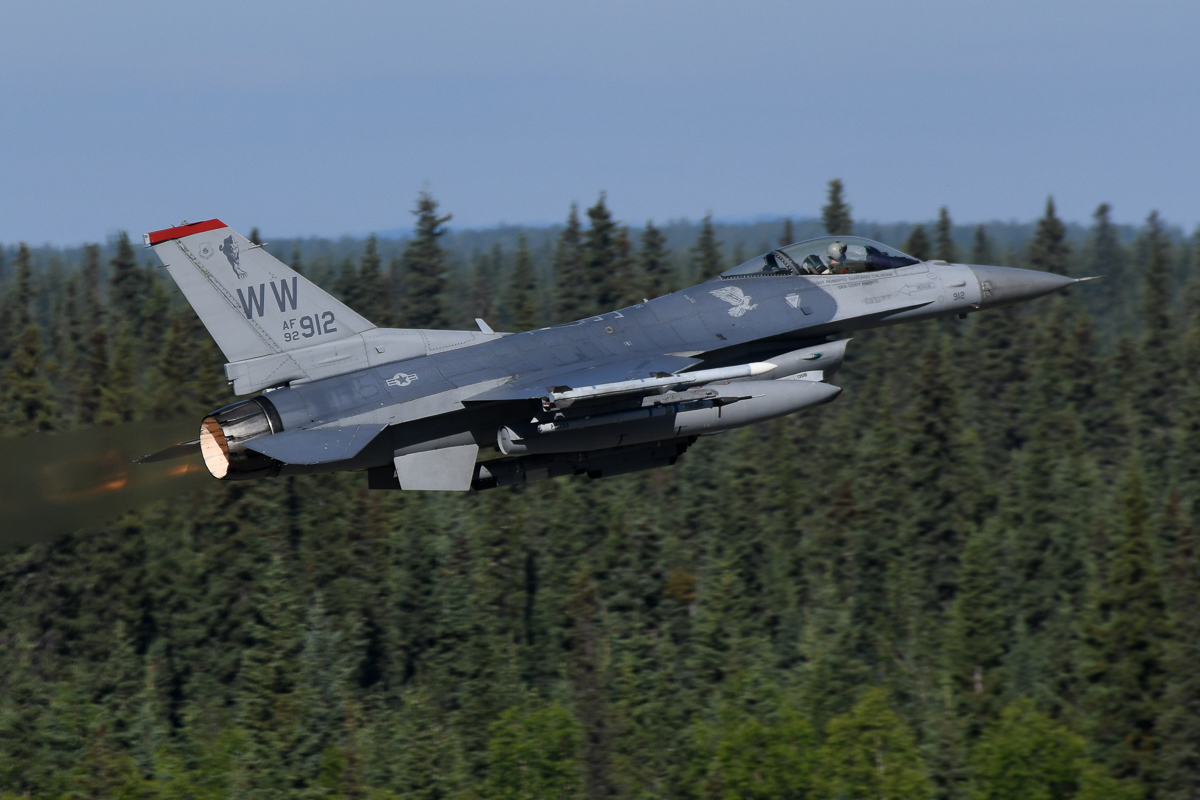
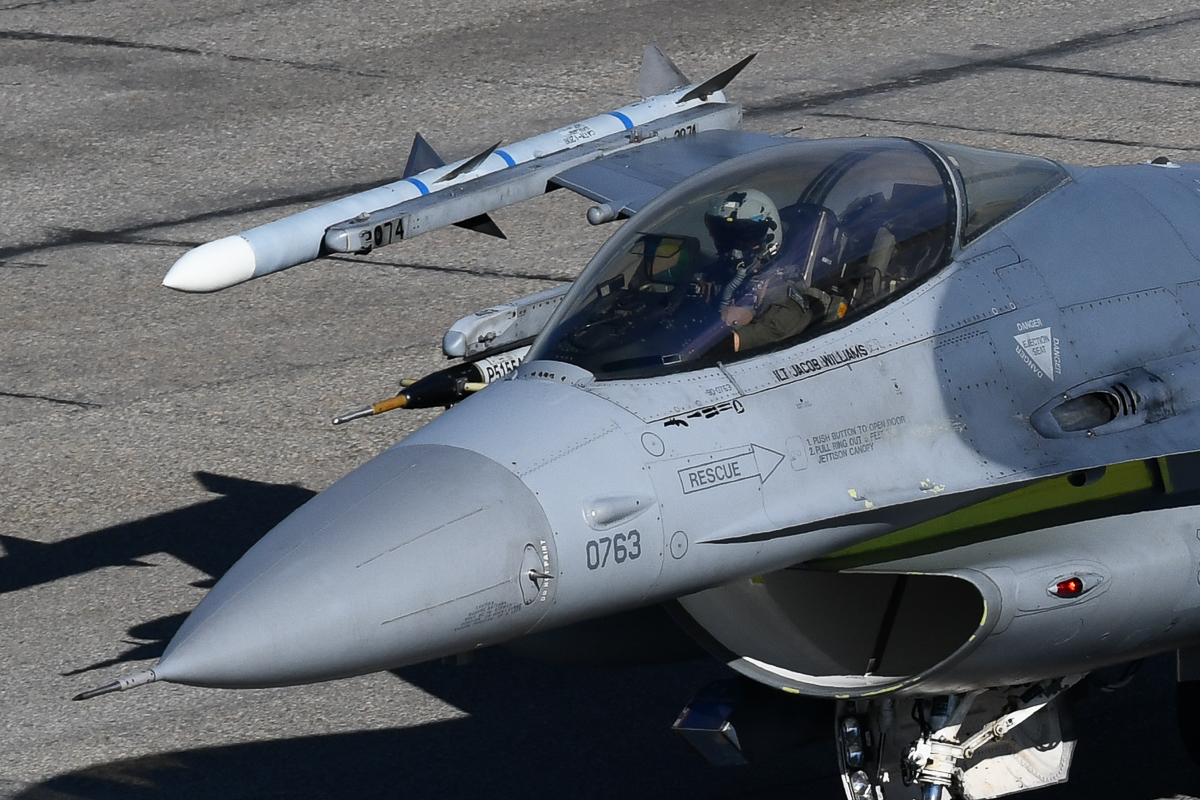

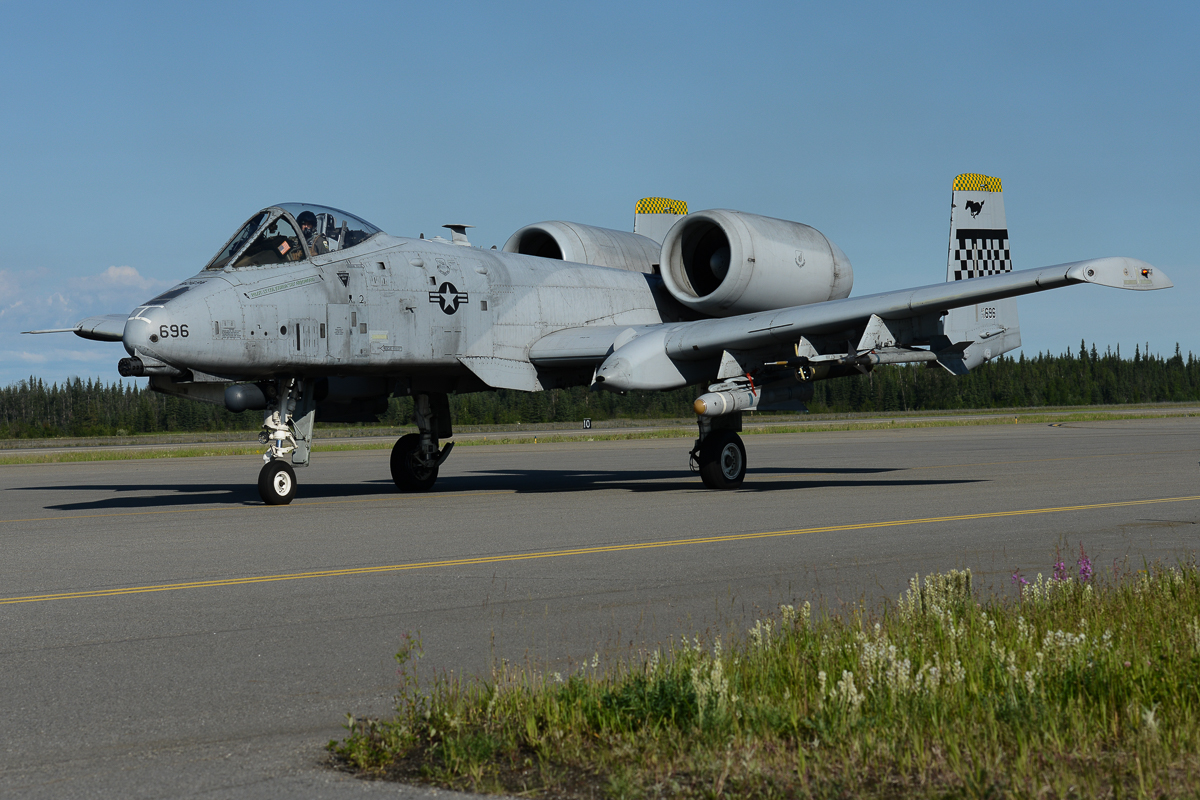
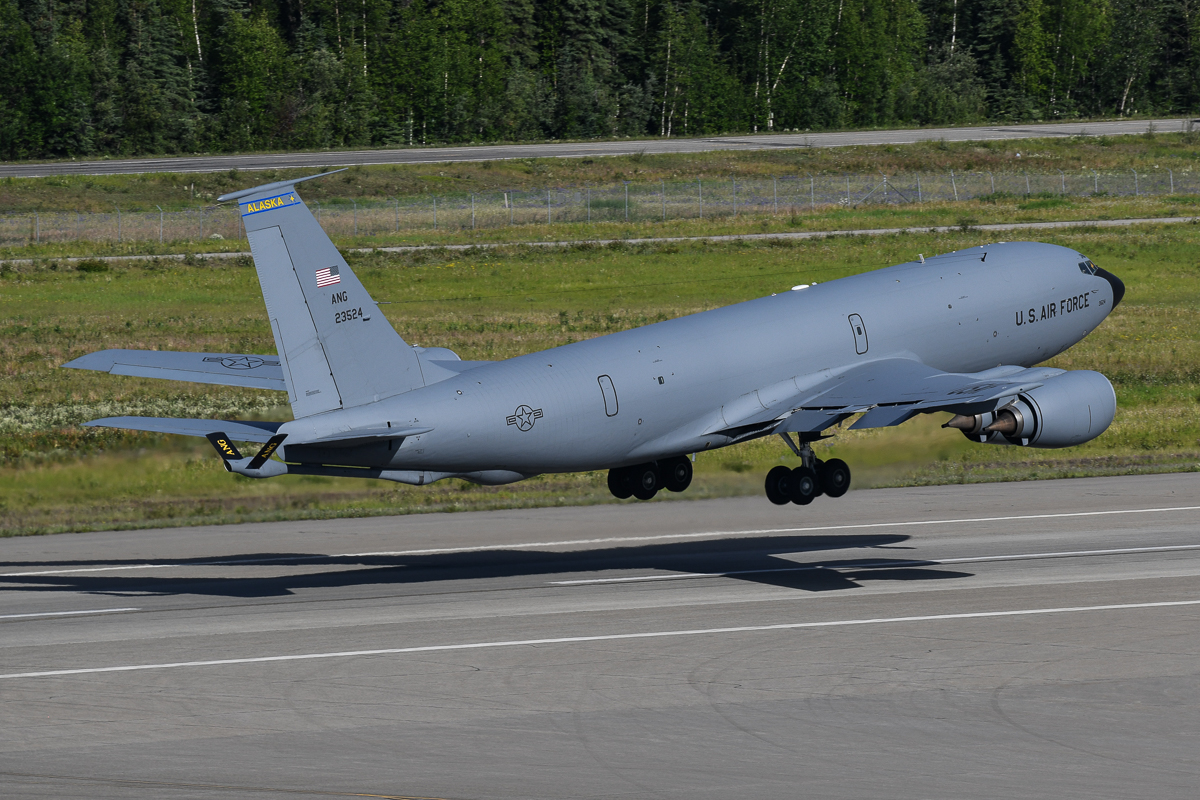
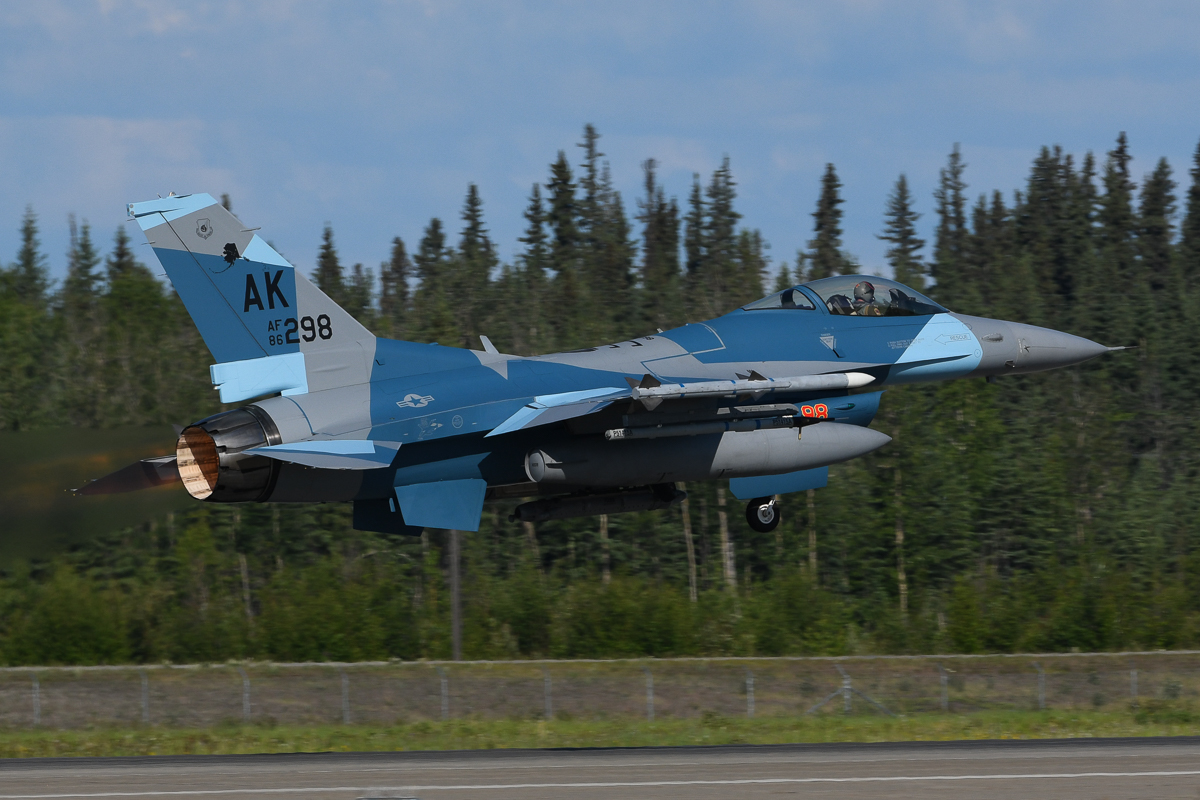
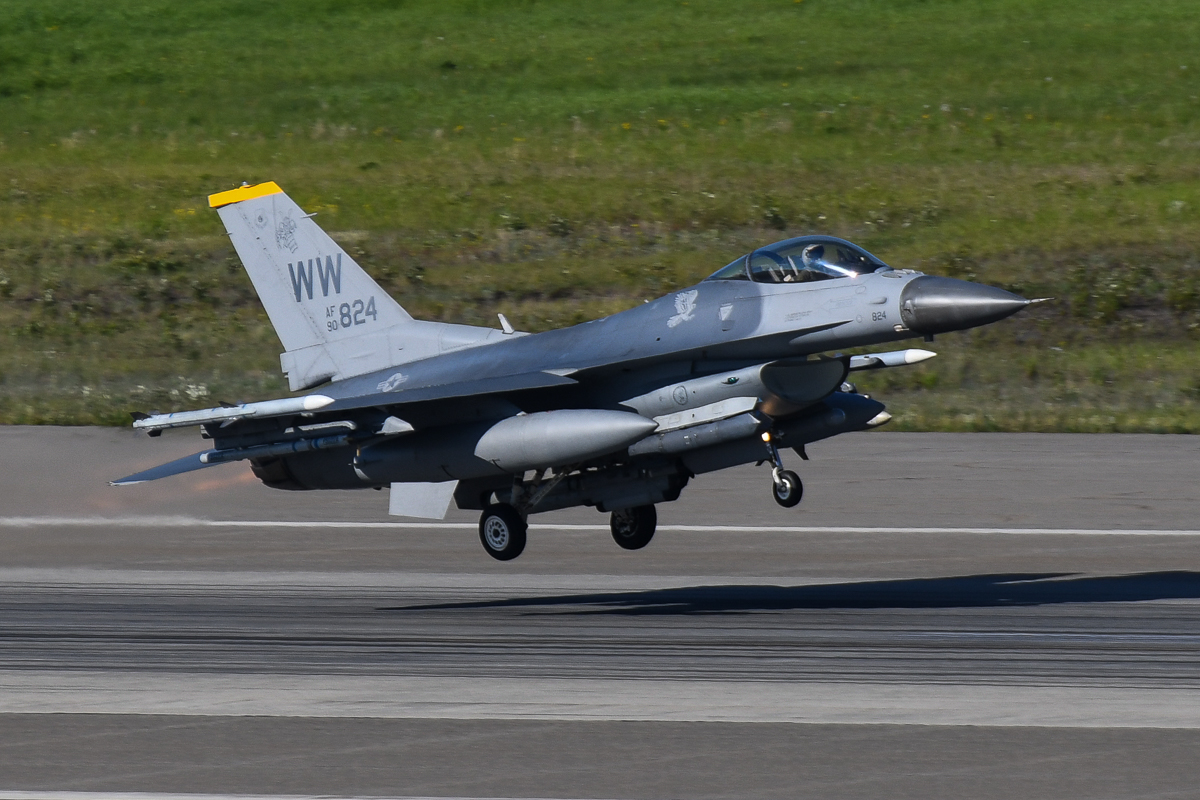

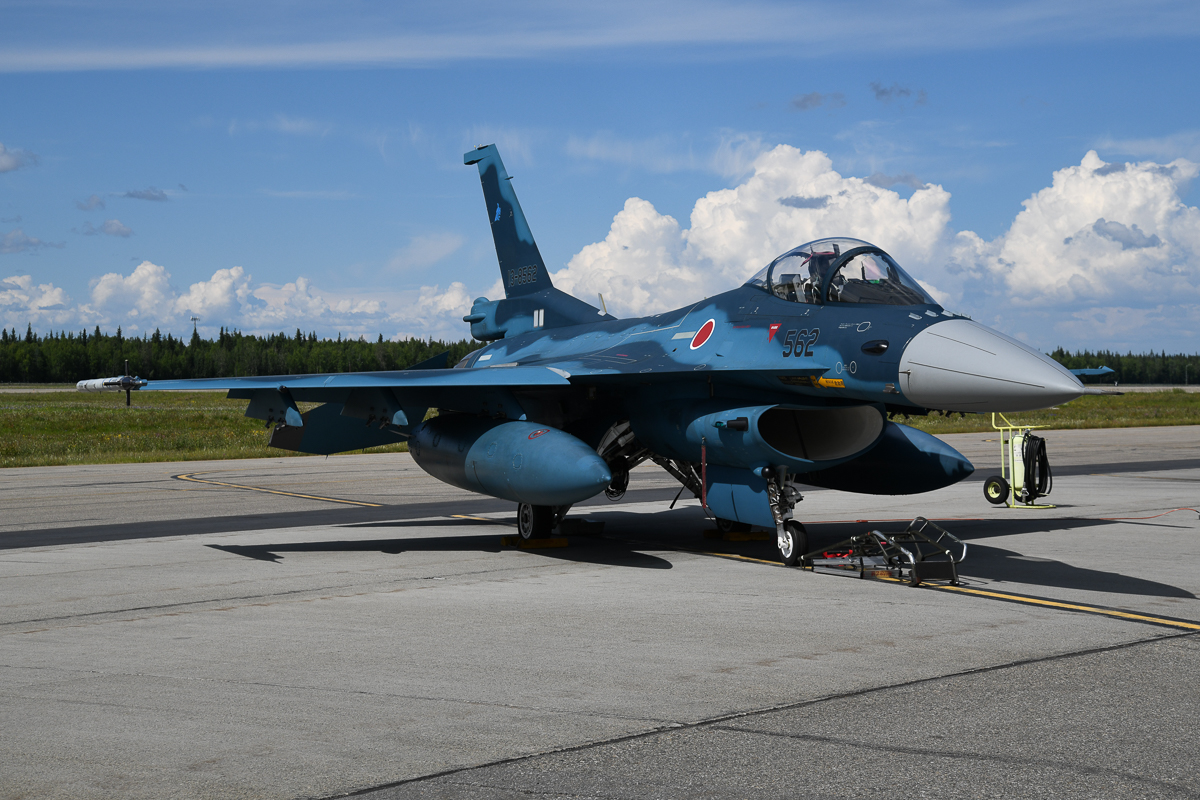
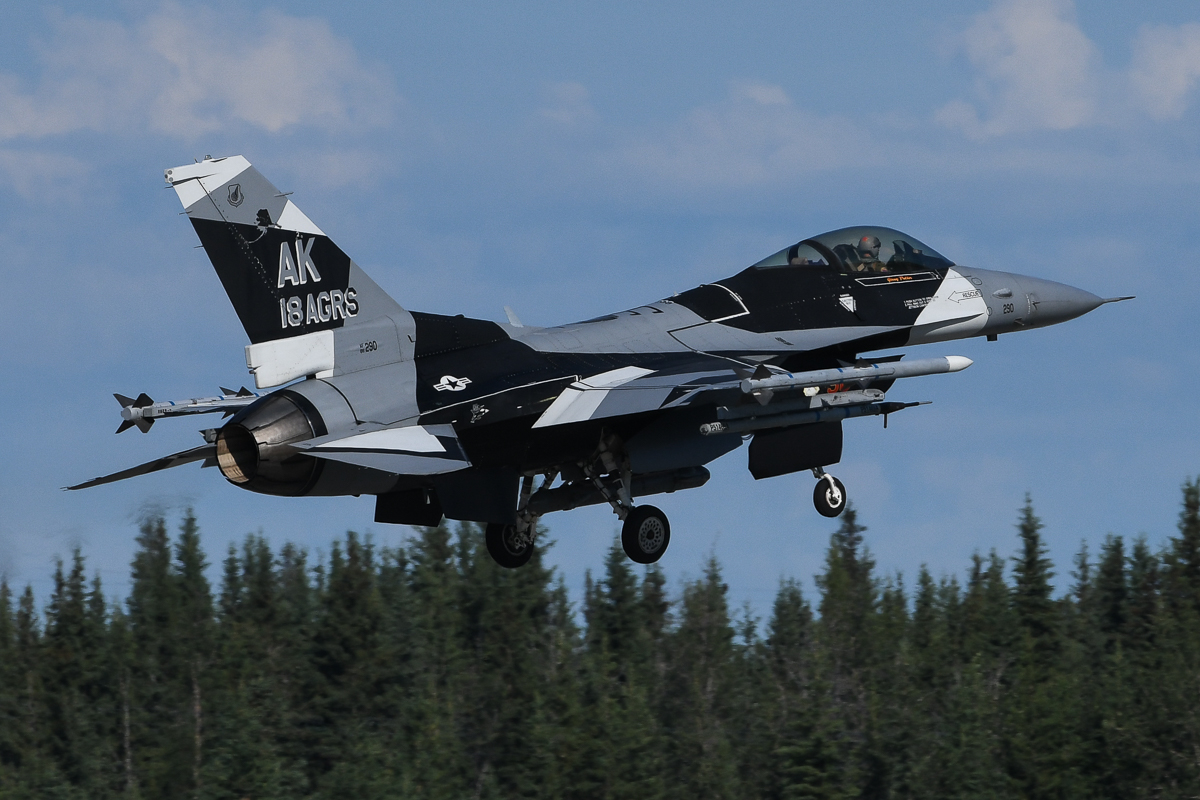

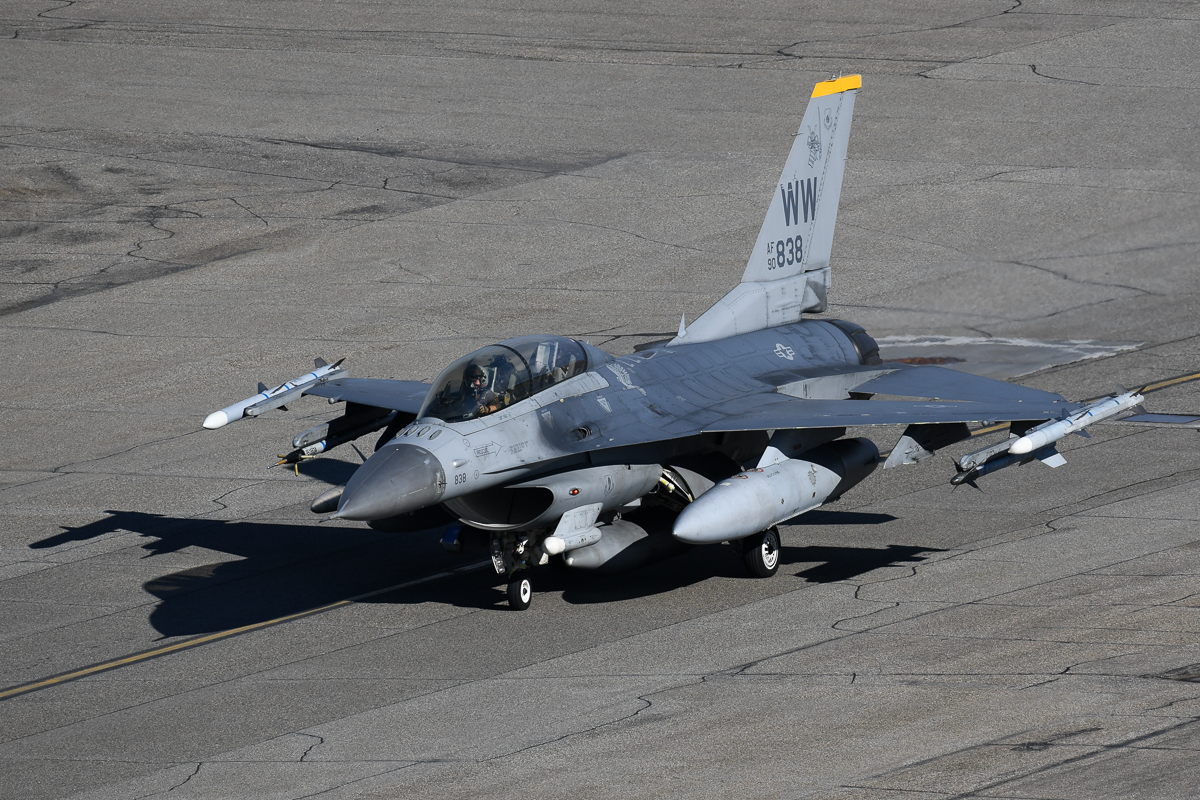
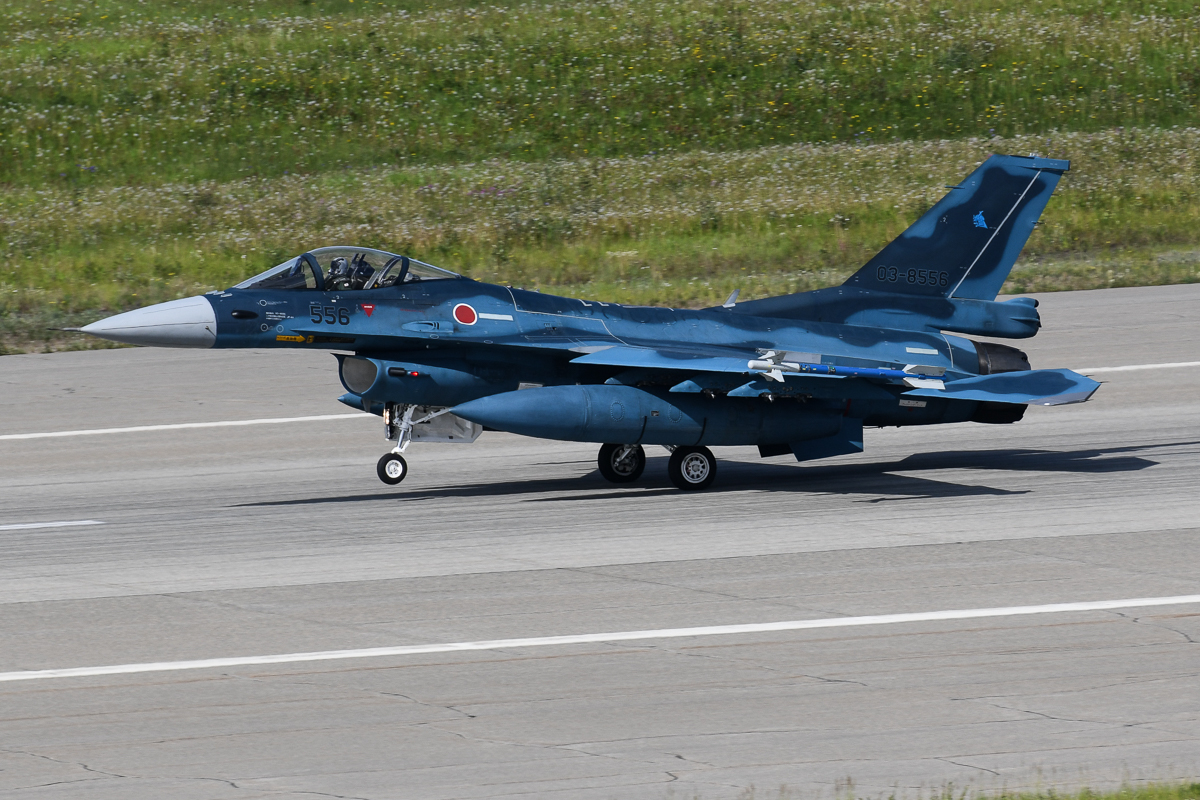


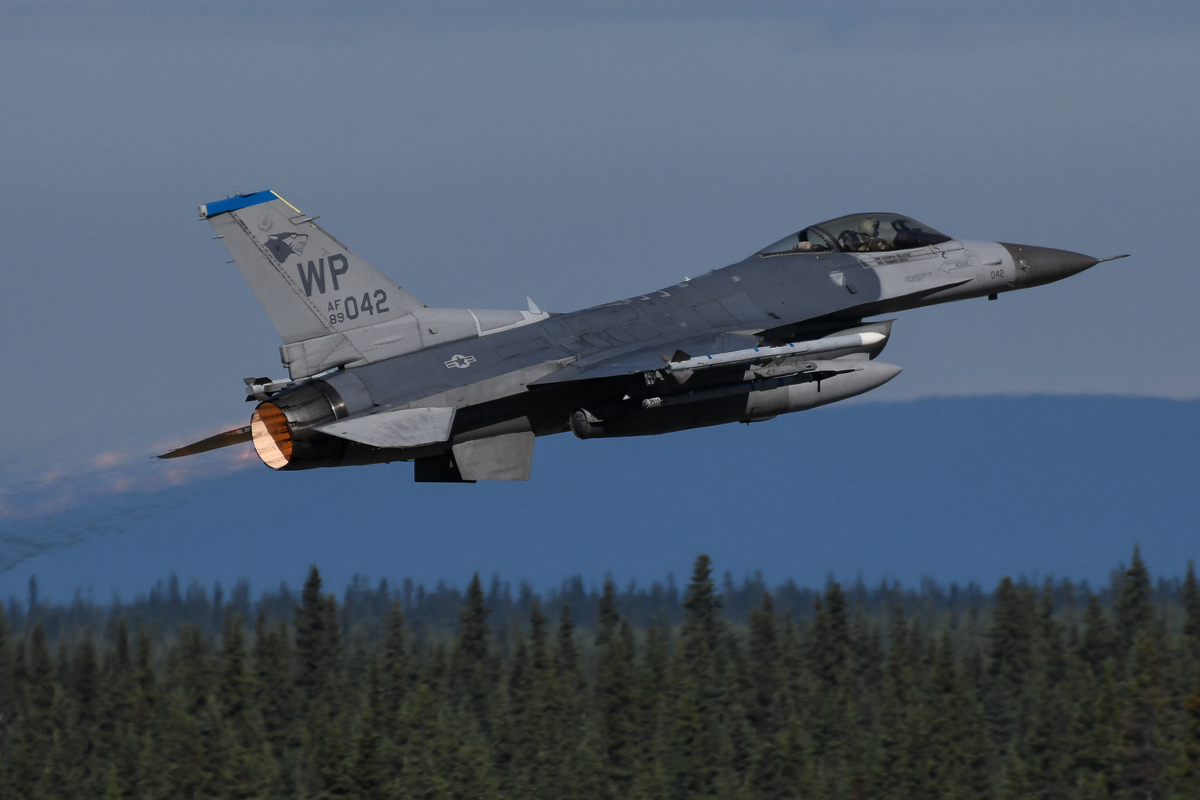
Peter van den Berg is from Coevorden, Netherlands. His love for military aviation began in 1980. The first airbase where he photographed was Soesterberg, Netherlands where the 32 TFS was stationed with the F-15. After photographing many military exercises in Europe over the years, Peter decided to spend the last 15 years visiting Asia and the USA. He regularly writes books for Veldhuis Media Group. Peter has written books about NAS Fallon, Red Flag and the Japanese Airforce.
In addition to publishing books, Peter is working as a teacher for senior secondary vocational education.
Peter uses Nikon equipment.
Peter can be reached at: [email protected]


